
As more people become increasingly conscious of their skin's health, the demand for efficient and convenient skincare products and tools has skyrocketed. Nowadays, there is a myriad of face lifting tools available in the market, all claiming to provide incredible results for your skin. But how do we assess the influence of these tools on our skin health? In this comprehensive article, we will delve into the world of face lifting tools and their impact on skin health.
The Purpose of Face Lifting Tools
The primary function of a face lifting tool is to rejuvenate the skin by stimulating blood circulation, elasticity, and collagen production. Consequently, this helps minimize the appearance of fine lines, wrinkles, and sagging skin, allowing for a more youthful and glowing appearance.
Image Suggestion: A person using a face lifting tool on their face, showcasing the proper technique and benefits.
There is a wide assortment of face tools in the market, such as electric face massagers, microcurrent facial tools, and high-frequency skincare devices. While the mechanisms of action may vary for each device, they all work towards a common goal - to improve skin health through consistent and proper usage.
Evaluating Face Lifting Tools & Their Effects on Skin Health
When assessing the influence of face tools on skin health, it's important to consider the following factors:
1. Quality & Construction
First and foremost, the quality and construction of the face lifting tool play a significant role in determining its effectiveness on skin health. Premium materials and ergonomic designs can greatly enhance the efficacy and safety of the tool.
For instance, Efforest offers pillows and cushions with high-quality materials that promote optimal comfort and alignment while you sleep. These products work in tandem with the face lifting tools to promote overall skin health.
2. Proper Usage & Technique
Using a face lifting tool correctly is essential in reaping its benefits. Following the manufacturer's instructions and maintaining consistency in usage will help maximize its impact on skin health.
Image Suggestion: Step-by-step illustrations demonstrating the correct usage and technique of a face lifting tool.
3. Customization & Versatility
A good face lifting tool should offer various customization options according to individual preferences and requirements. Tools that cater to various skin concerns provide versatility in usage, ensuring that the user can address their specific skin health goals.

Safety & Precautions When Using Face Lifting Tools
While face lifting tools promise remarkable results, it's crucial to be aware of the safety precautions associated with their use. Evaluating the safety of DIY face lifting tools involves being mindful of the following:
- Ensuring the tool is suited for your skin type and concerns
- Consulting with a dermatologist or skincare professional before using a tool, especially if you have pre-existing skin conditions
- Discontinuing use immediately if any adverse reactions, such as irritation or redness, occur
The Future of Skincare: Microcurrent Facial Tools & Beyond
With the rise of technological advancements in skincare, it's no surprise that face lifting tools have made their way into mainstream use. The latest trend to watch is microcurrent facial tools, which use low-level electrical currents to stimulate facial muscles for a tighter, and more lifted appearance.
As we continue to assess the influence of face tools on skin health, one thing is clear: the future of skincare is bright, innovative, and constantly evolving.
In conclusion, whether opting for an electric face massager or a high-frequency skincare device, selecting a face lifting tool and using it properly can have a positive influence on your overall skin health. By focusing on the factors mentioned above, you can confidently assess the value and potential impact of these tools on your skin's health and appearance.
Frequently Asked Questions
How do you assess skin quality?
Assessing skin quality involves examining various factors such as texture, pigmentation, hydration, elasticity, and overall appearance. A thorough evaluation can be performed by a dermatologist or skincare professional through various diagnostic techniques, like visual inspection and specialized tools, to determine the overall state of the skin and identify any issues that require attention.
What instrument is used to measure skin pigmentation?
Melanin is the pigment responsible for the color of our skin. To measure skin pigmentation, a specialized device called a colorimeter or a spectrophotometer is used. These devices evaluate the light reflectance or absorption properties of the skin, providing an accurate reading of the melanin levels and skin color. This information helps in diagnosing and treating various pigmentation issues such as hyperpigmentation, melasma, and vitiligo.
What method is used to measure skin elasticity?
A device called a cutometer is commonly used to measure skin elasticity. It works by applying negative pressure, or suction, to a small area of the skin. When the pressure is released, the device measures the time it takes for the skin to return to its original state. The faster the skin returns, the better its elasticity. Another method to measure skin elasticity is through visual assessment and palpation by a dermatologist or skincare professional.
What is the definition of skin quality?
Skin quality refers to the overall health, appearance, and condition of the skin. It encompasses various factors such as texture, pigmentation, hydration, elasticity, and firmness. A good skin quality signifies well-nourished, healthy skin with an even tone, smooth texture, and youthful appearance. Maintaining high skin quality involves following a consistent skincare regimen, using suitable products, and adopting a healthy lifestyle.
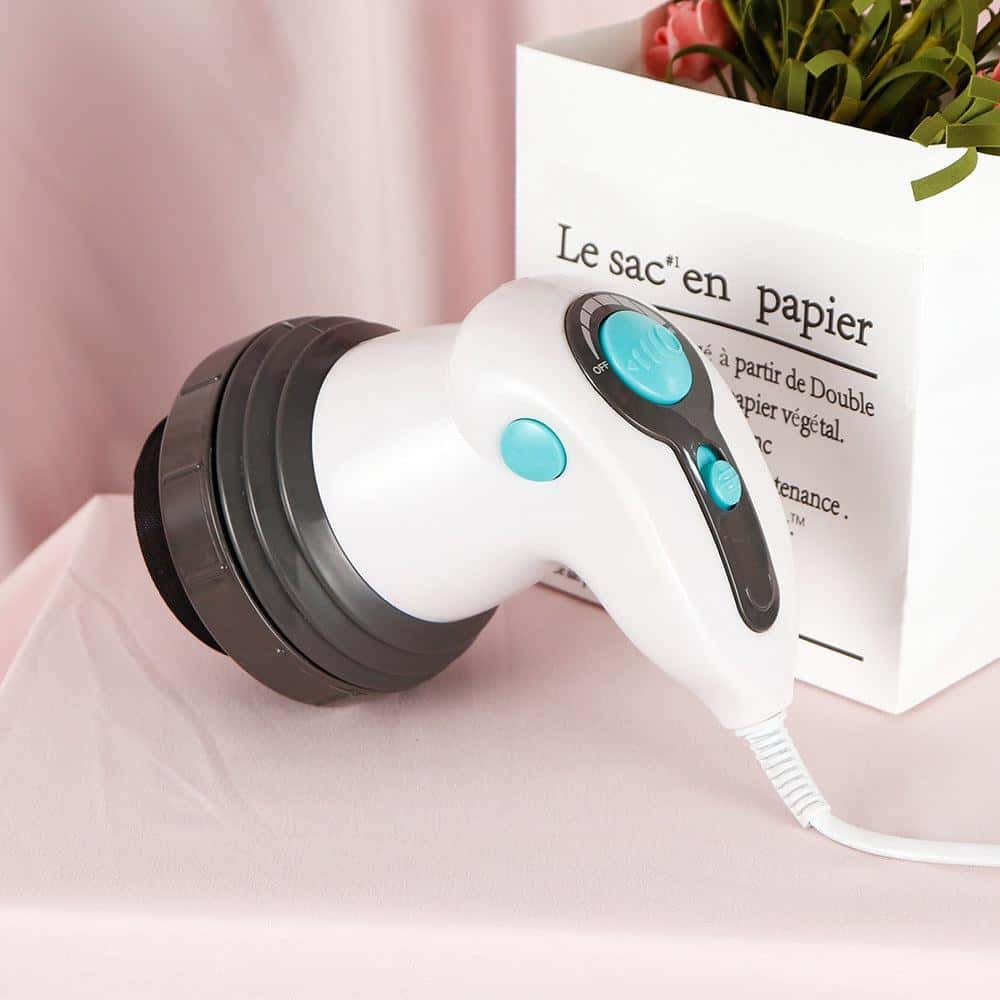
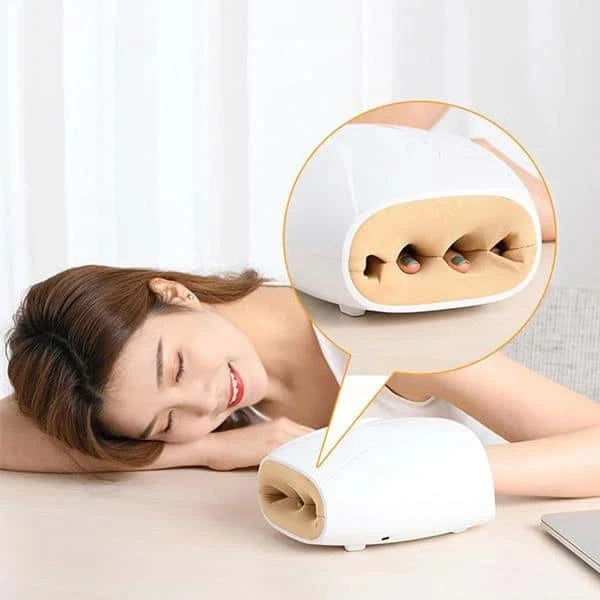
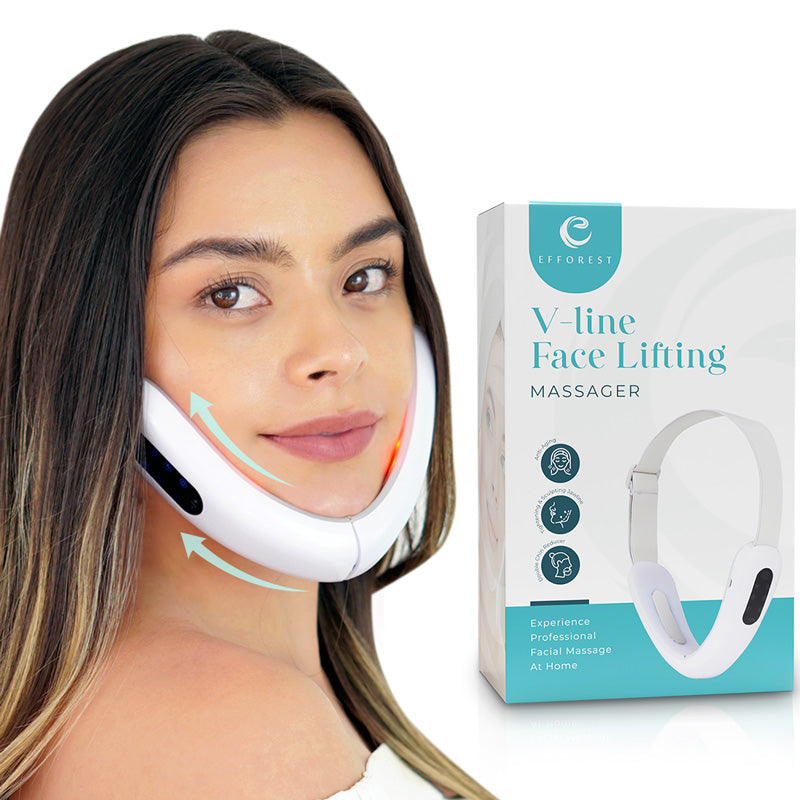
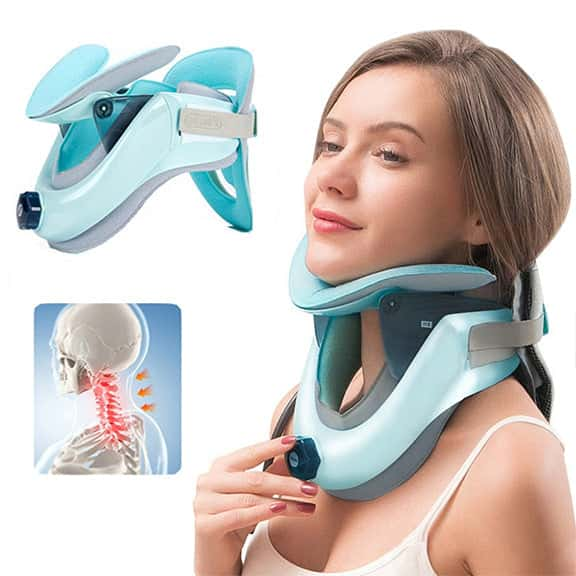
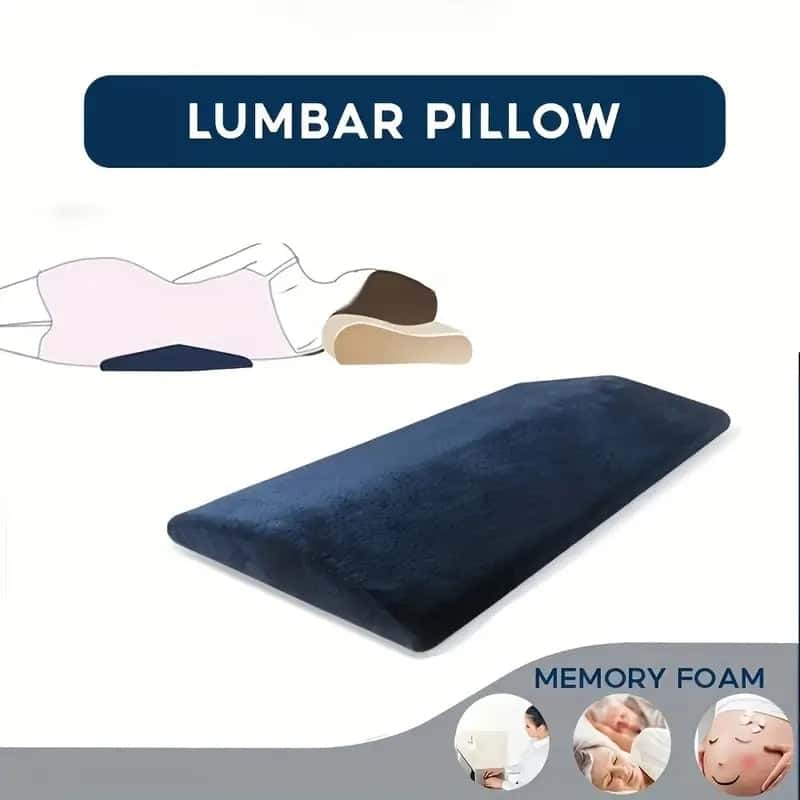

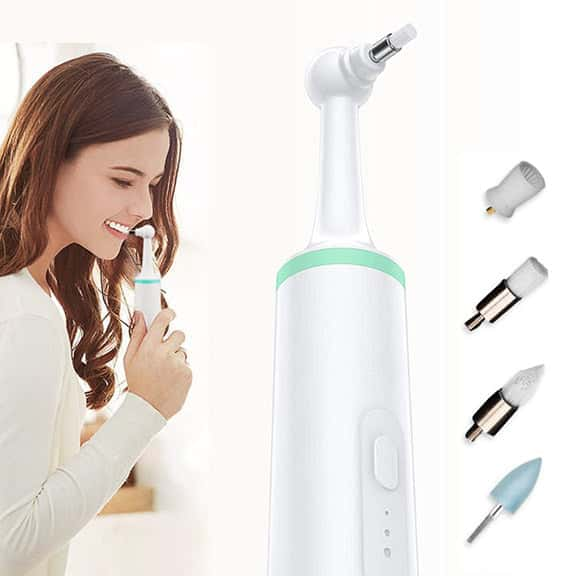


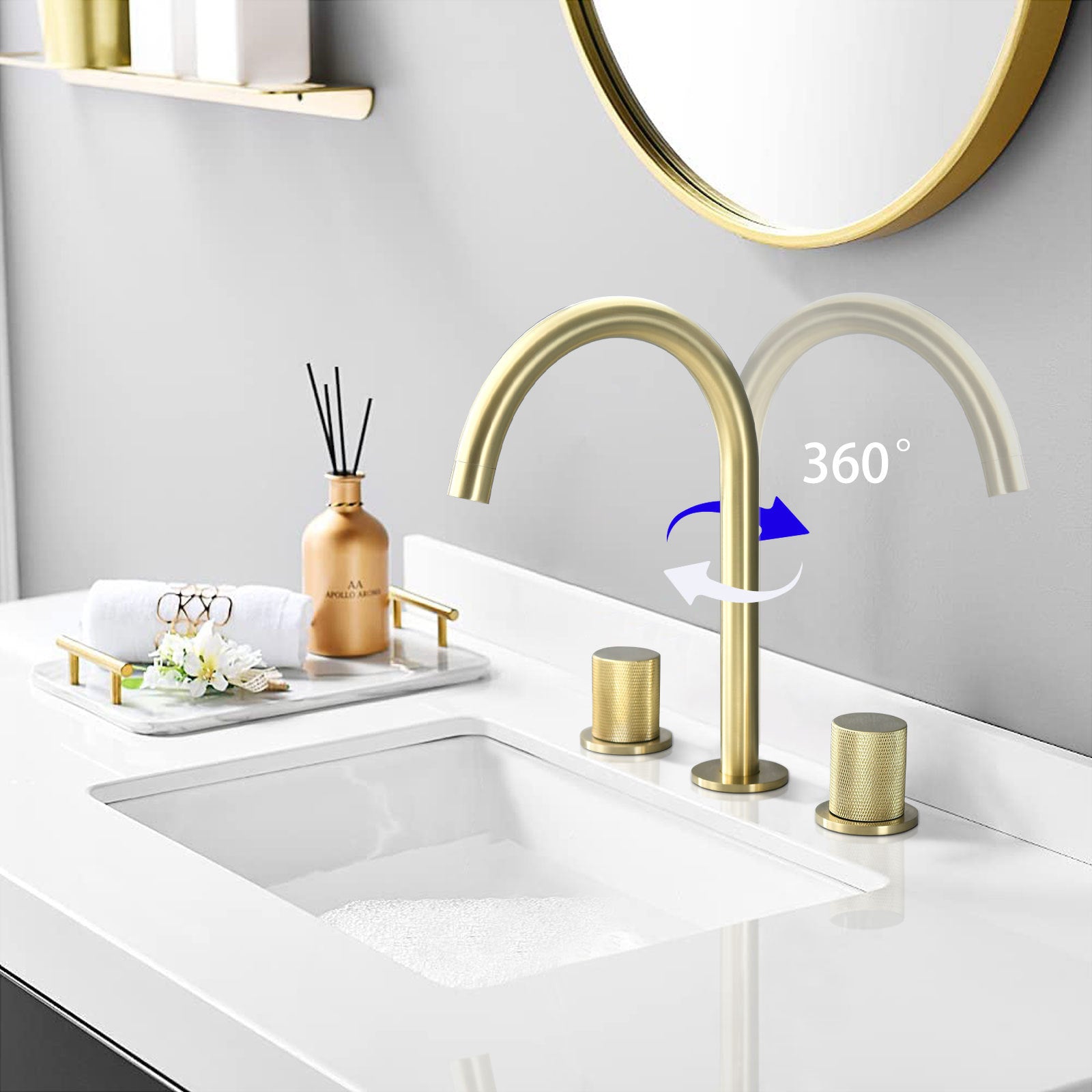
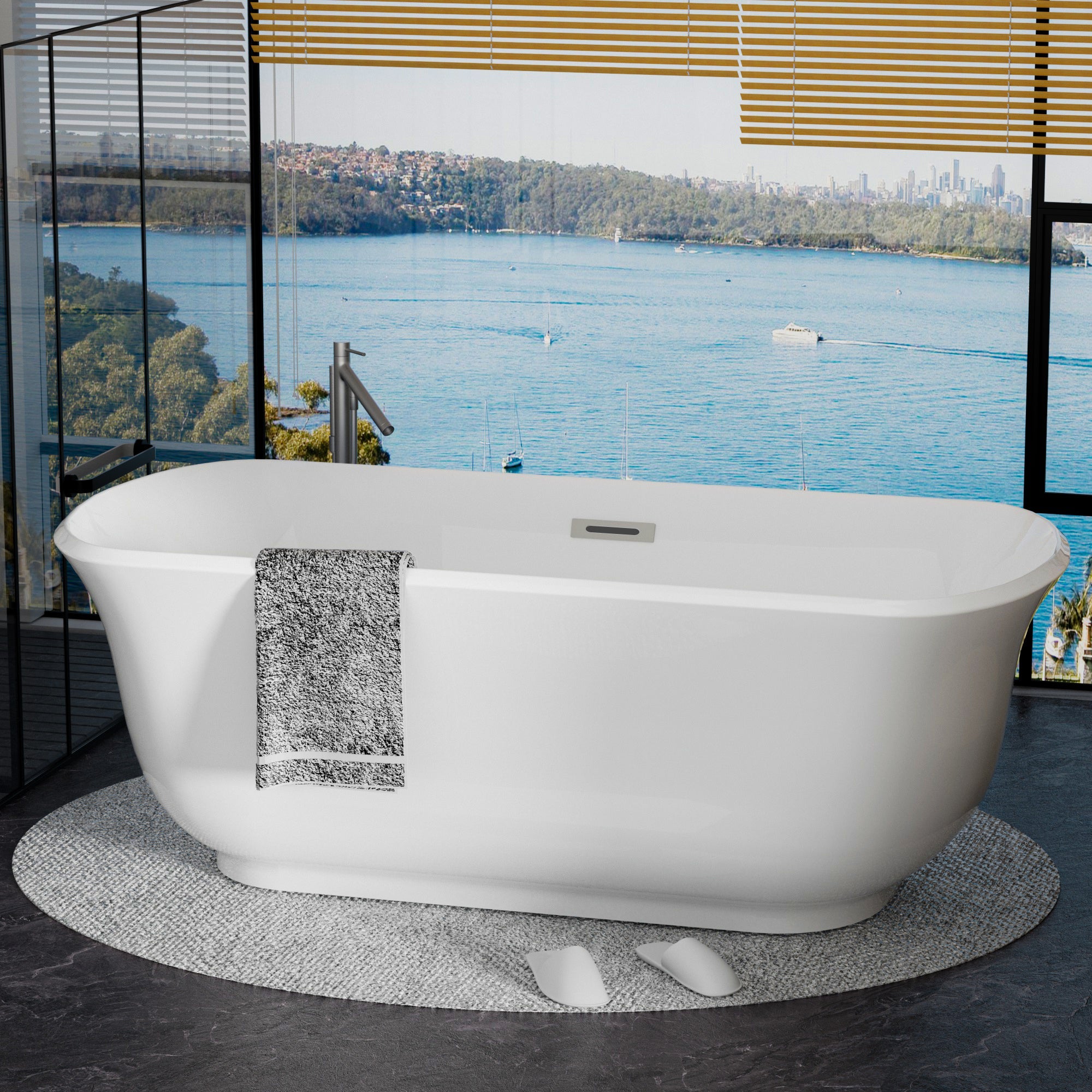



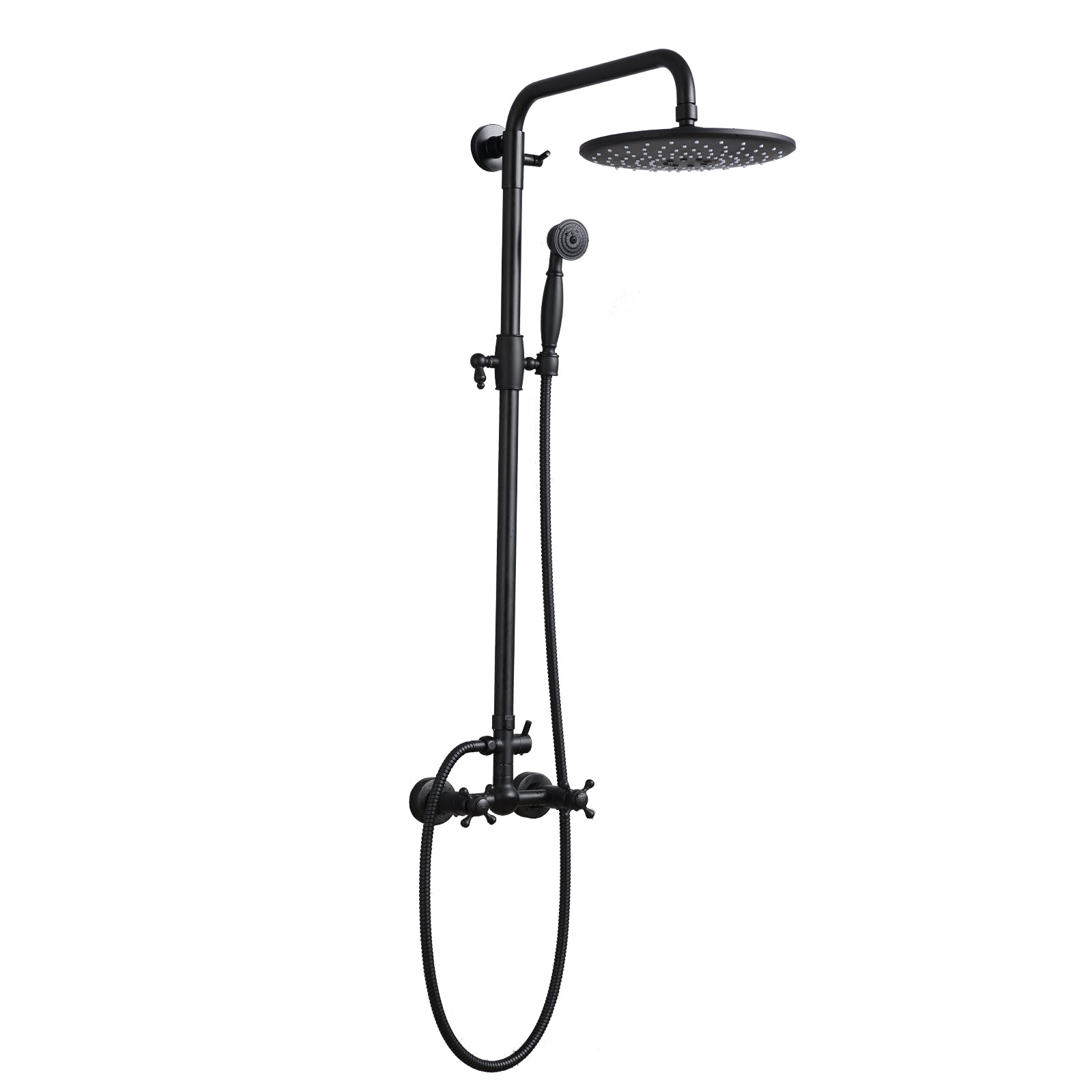










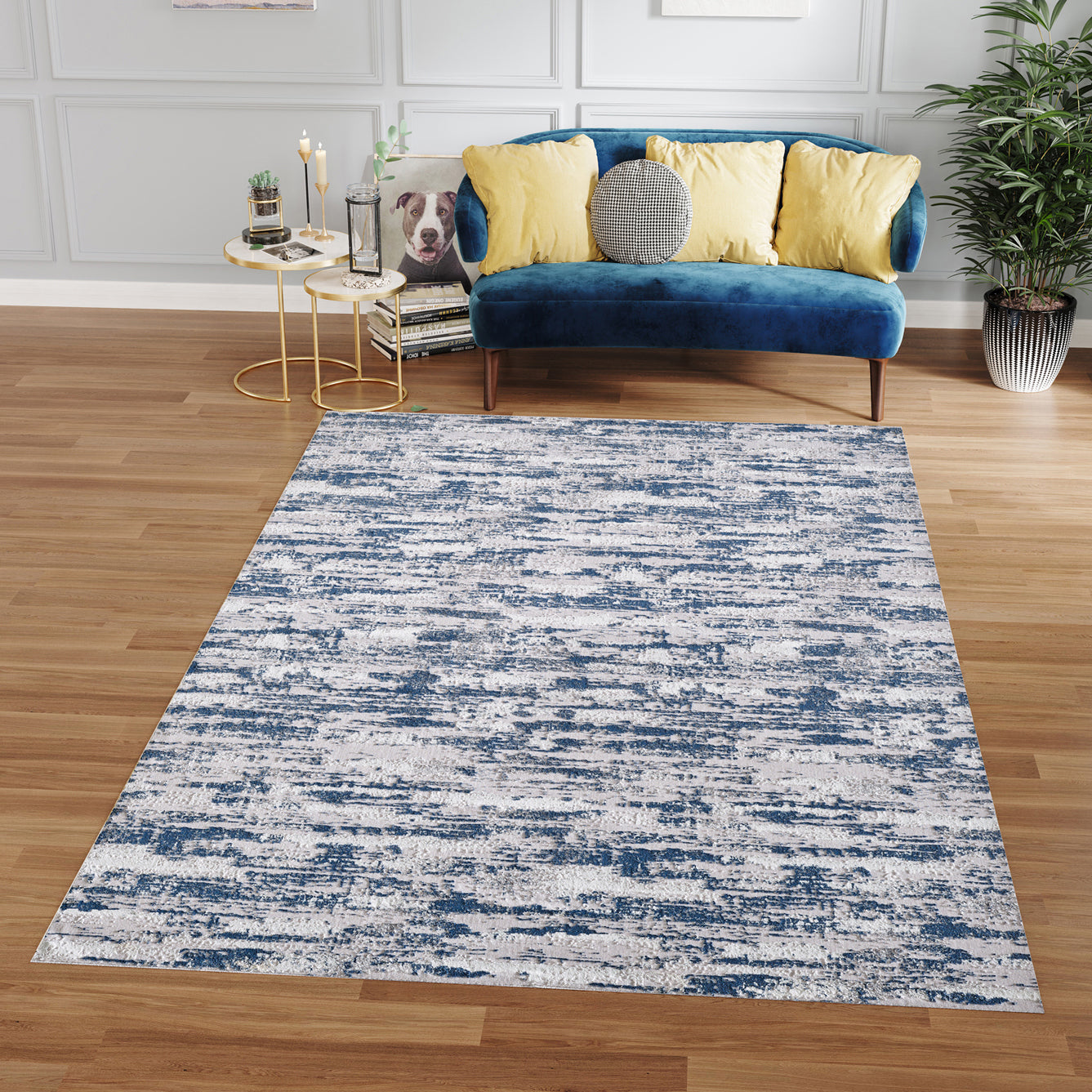









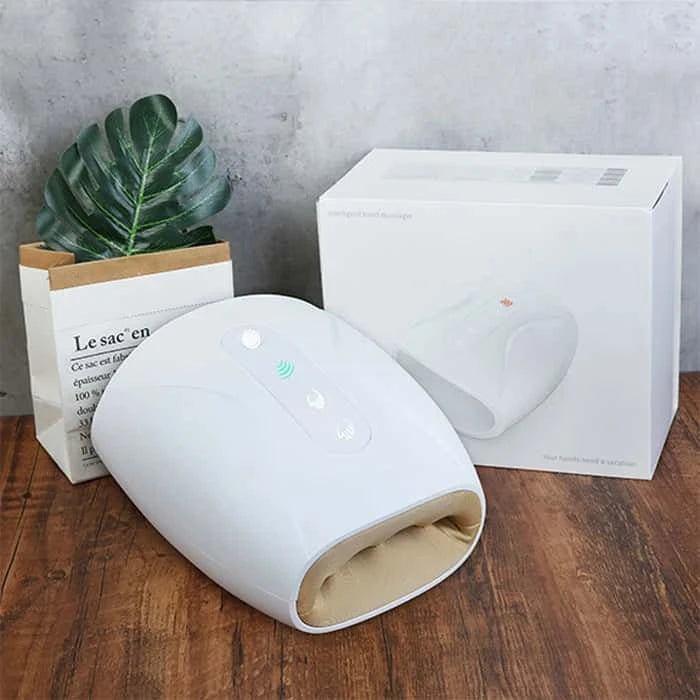
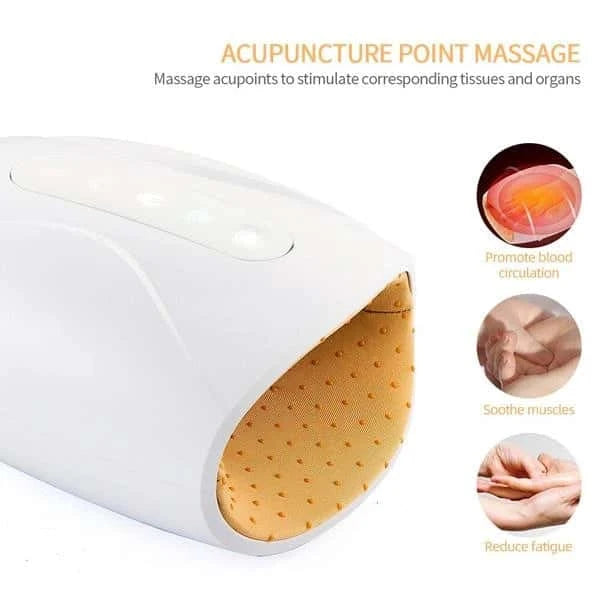
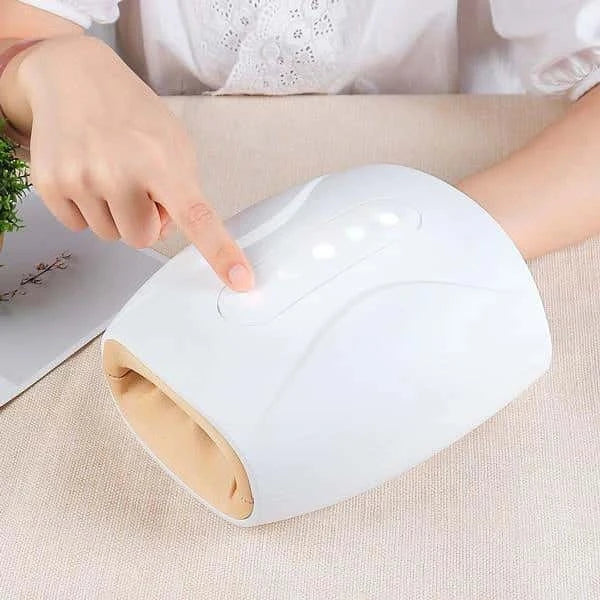
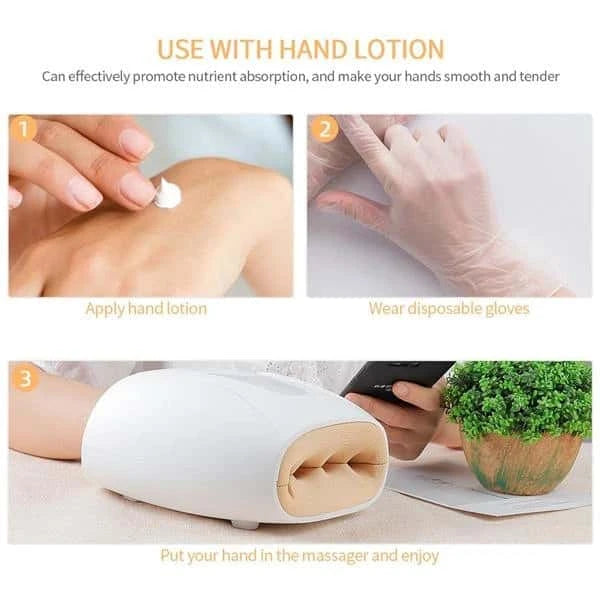
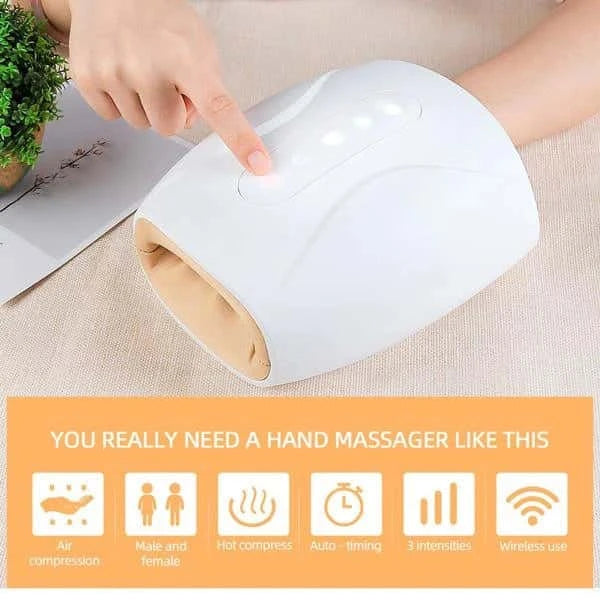

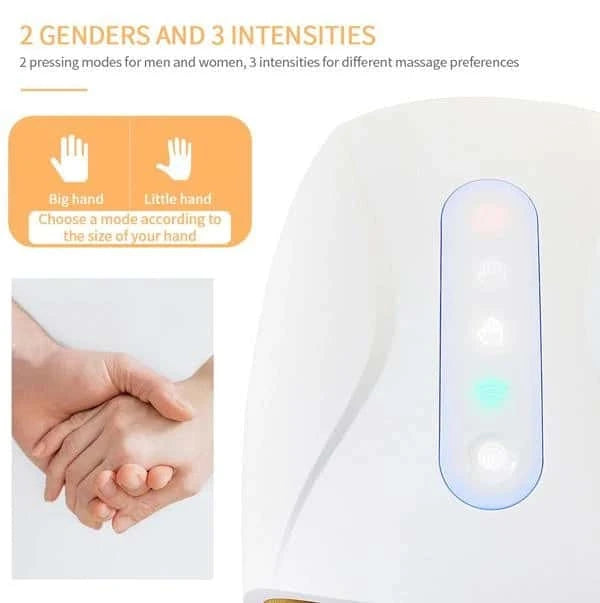
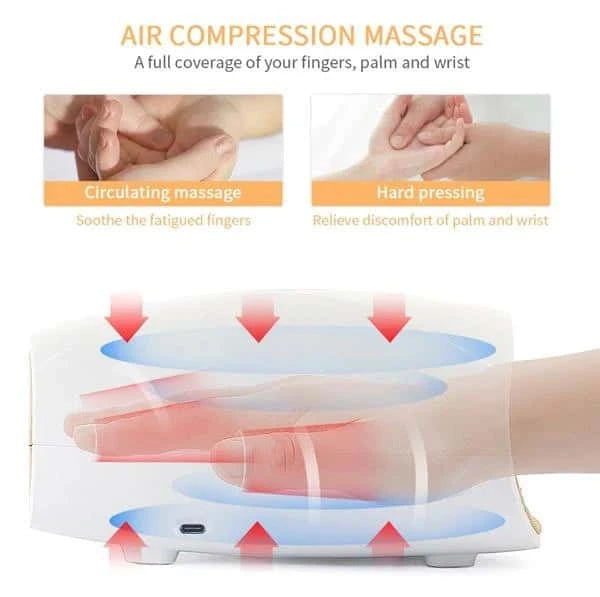
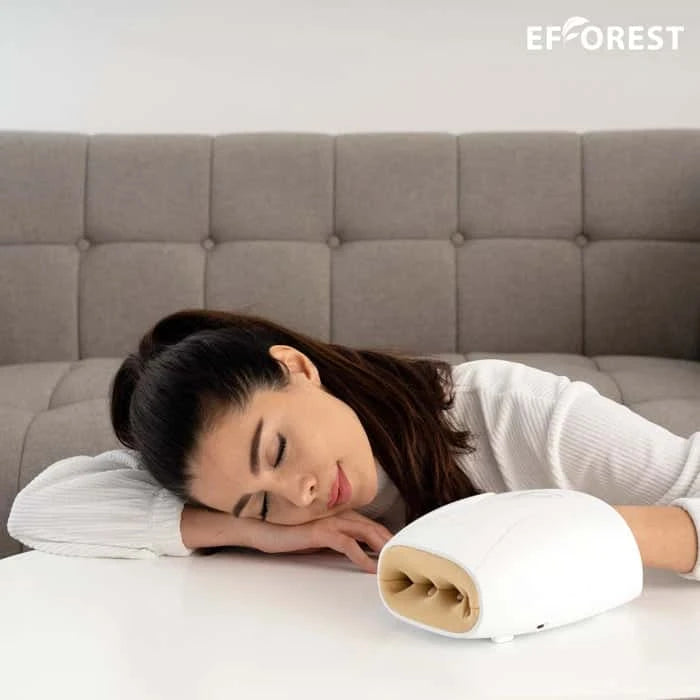





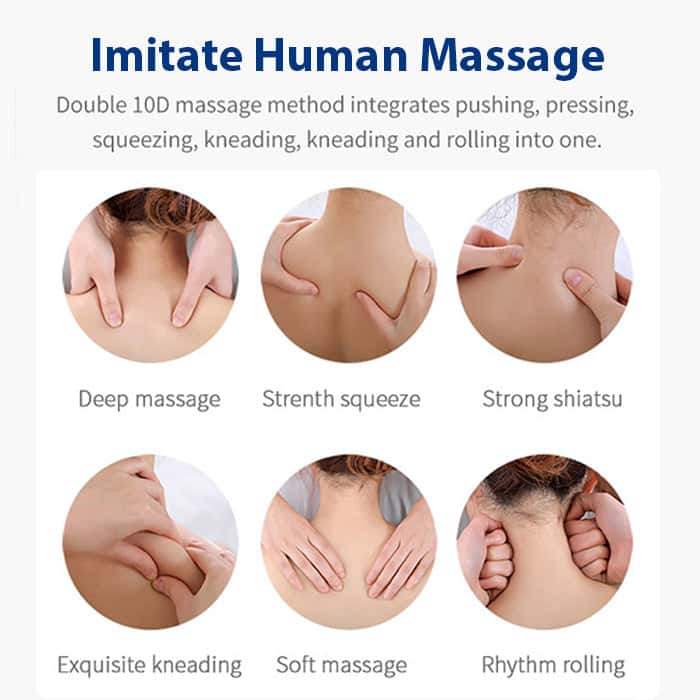
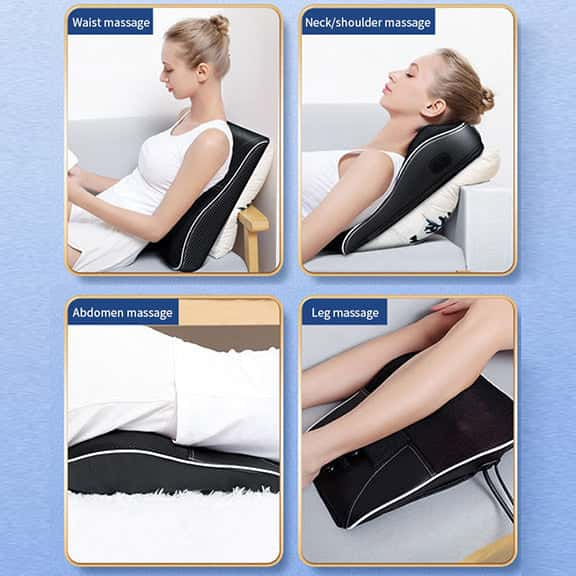

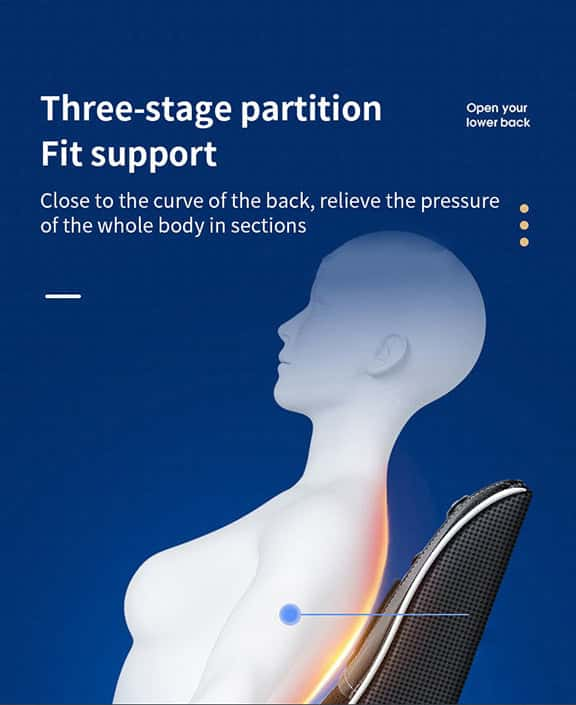
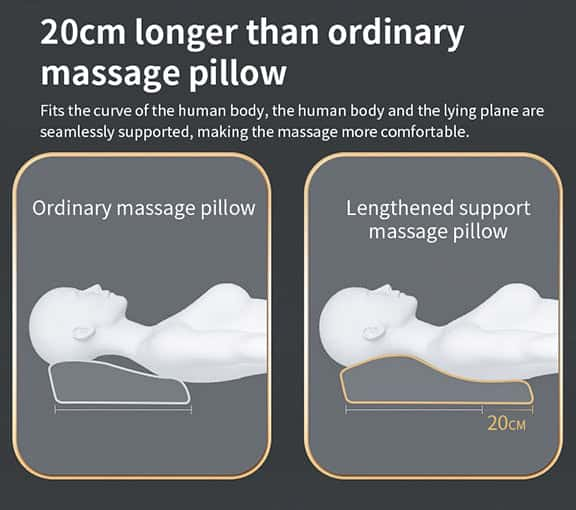
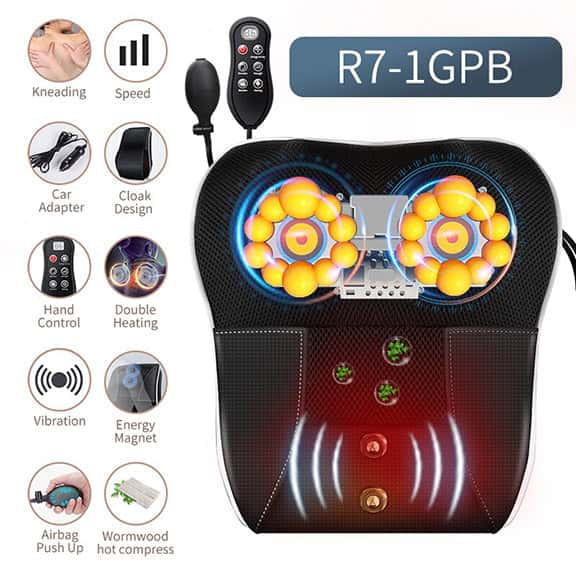

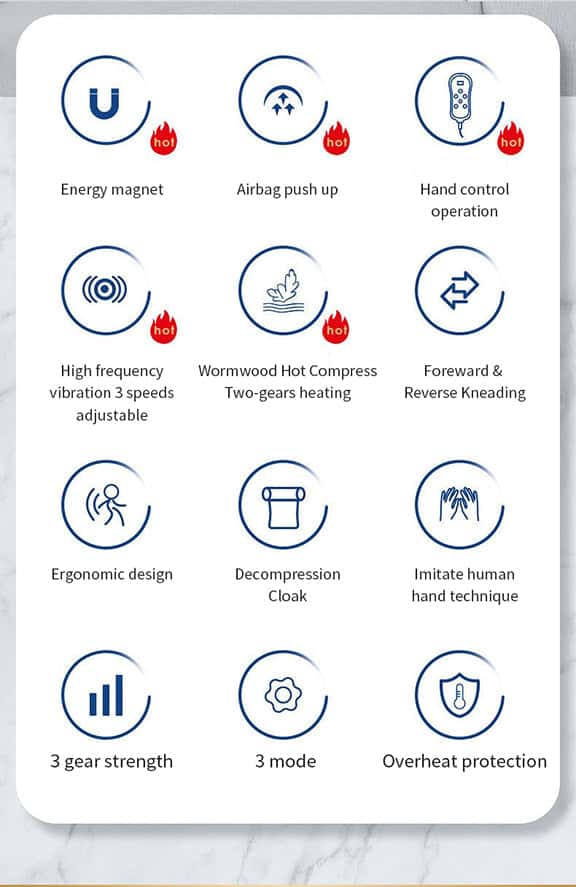
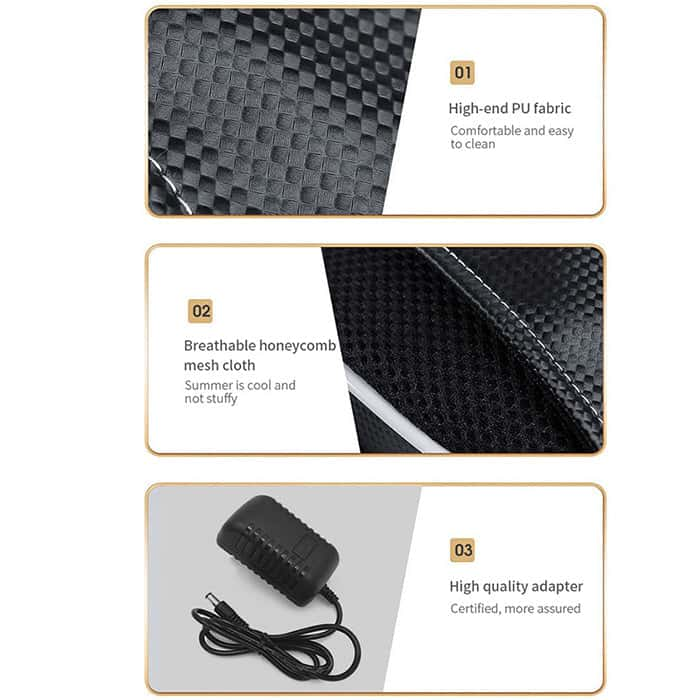
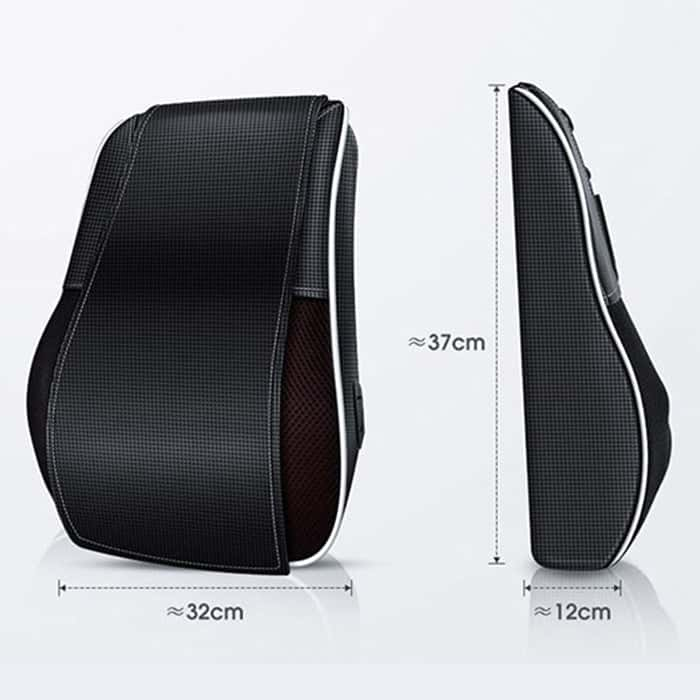

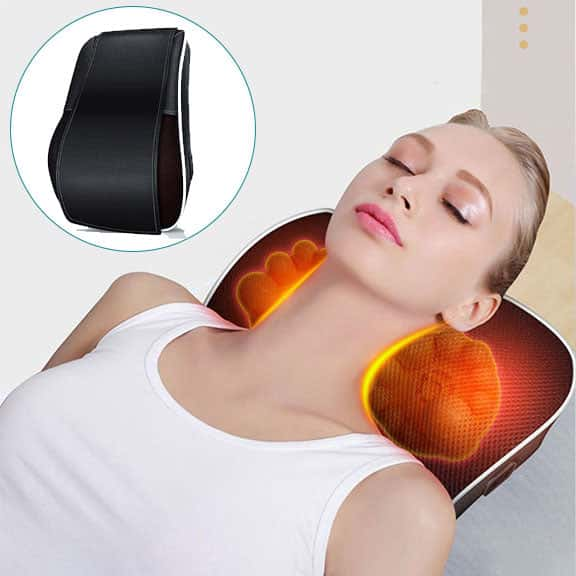
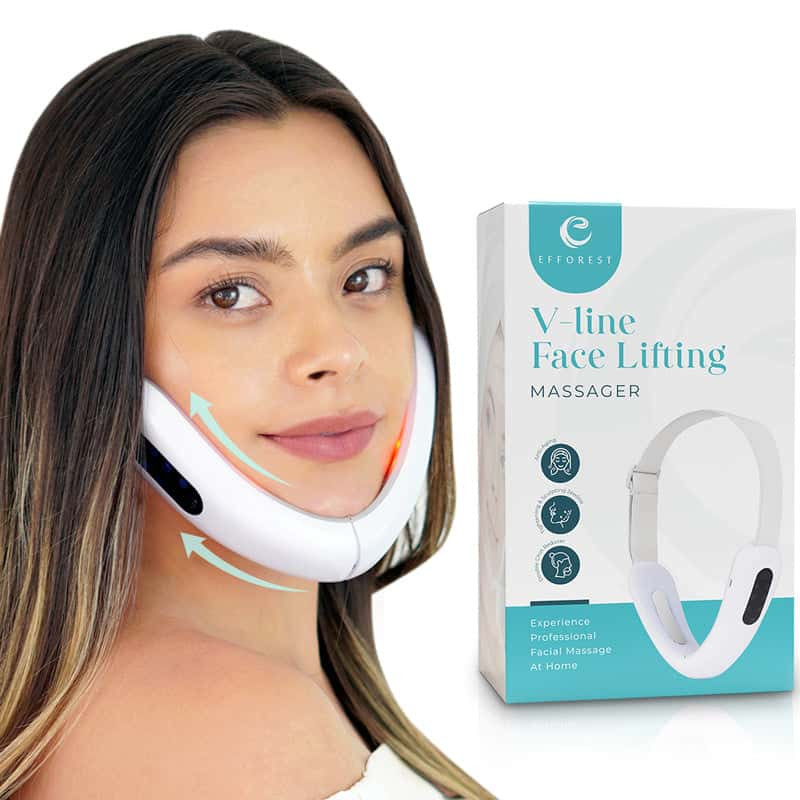
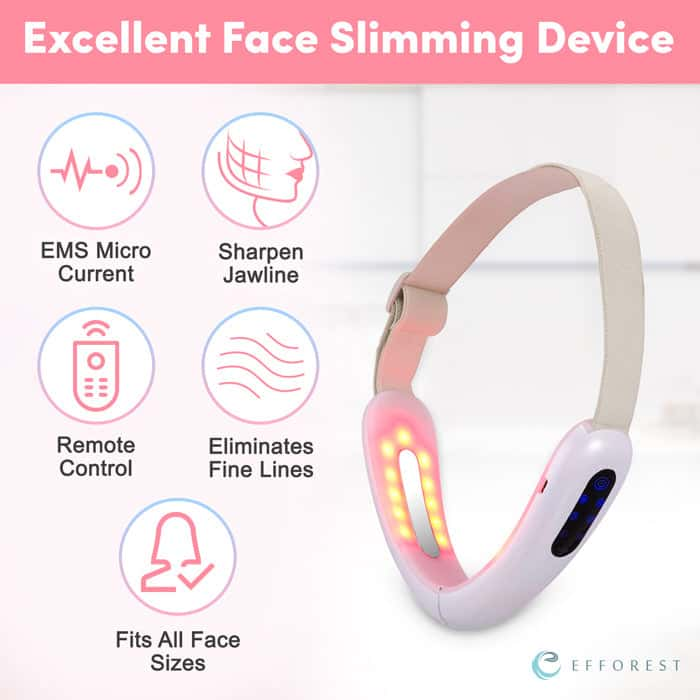
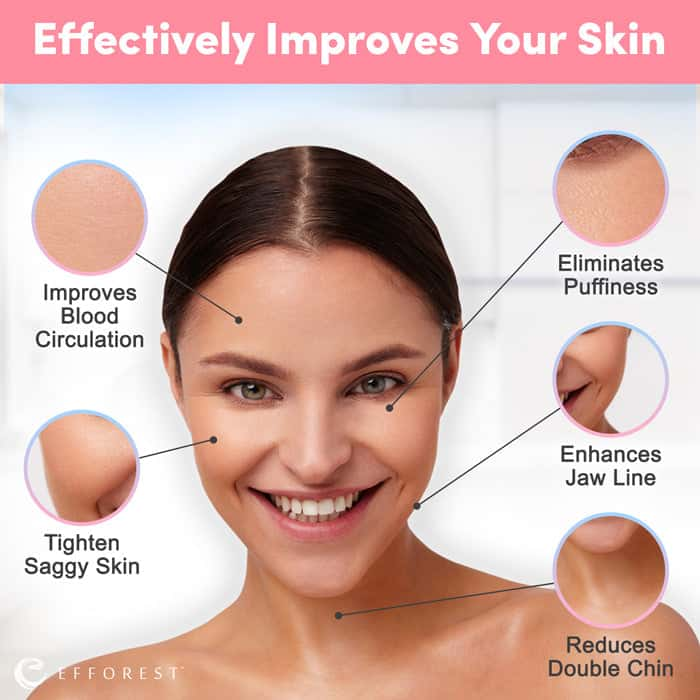
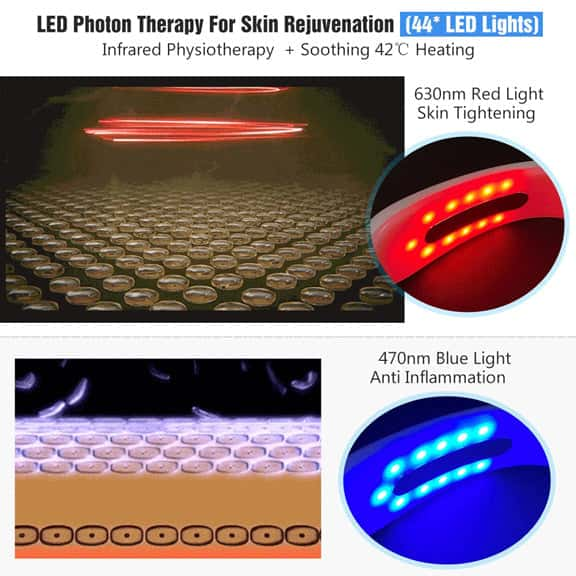
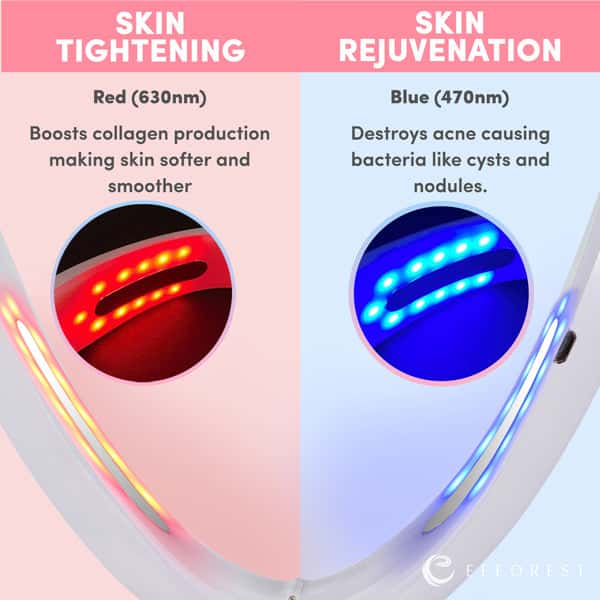
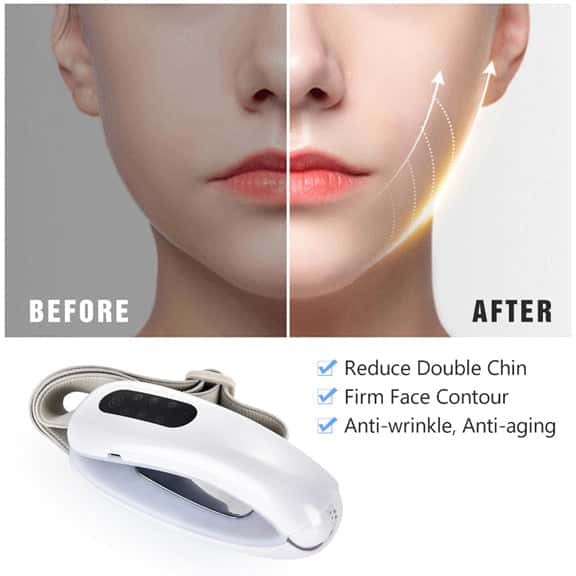

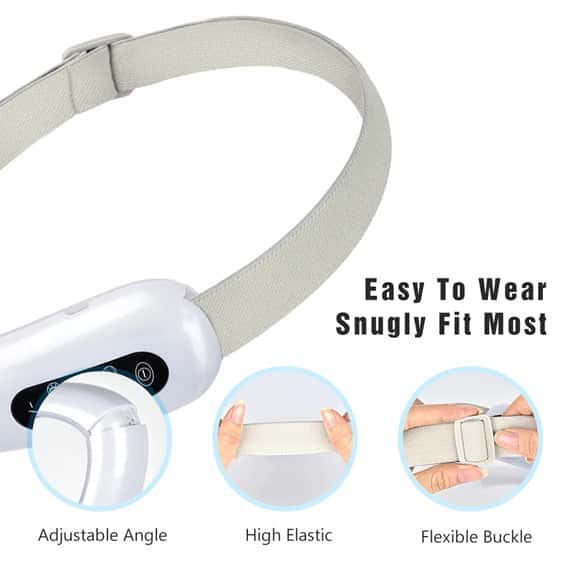
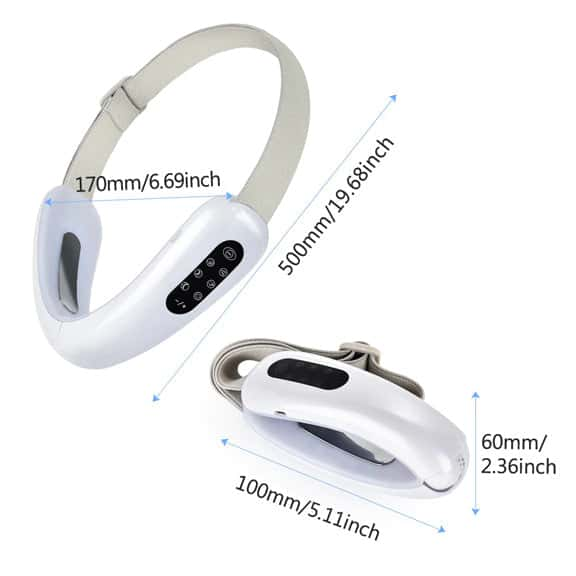

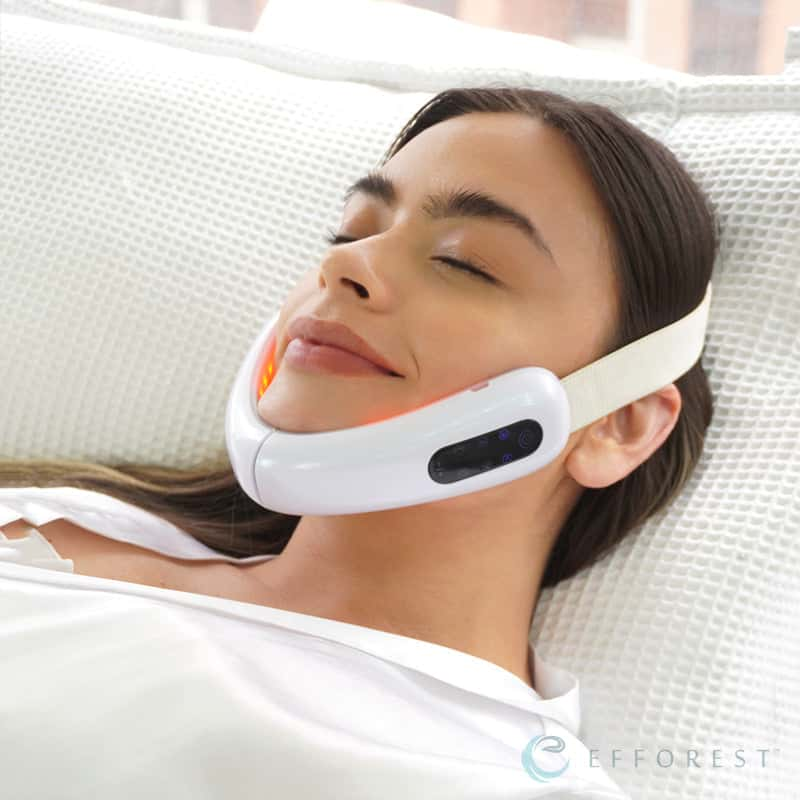
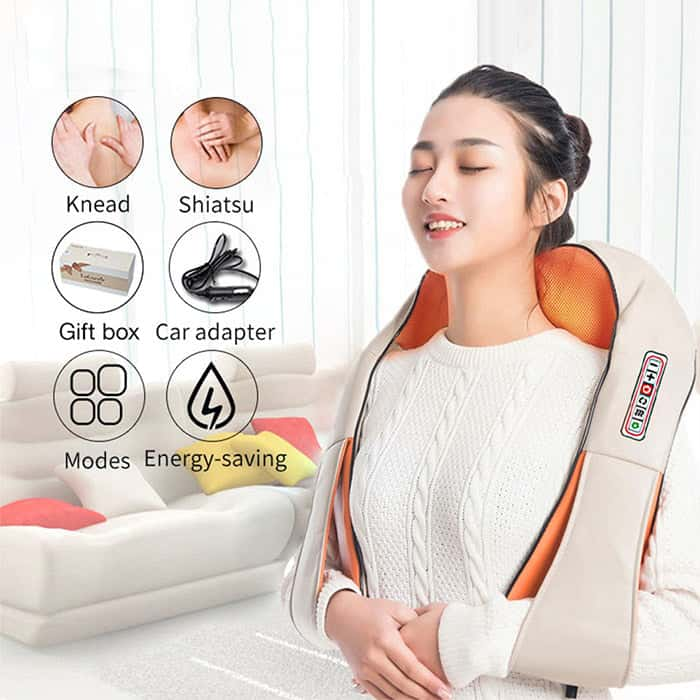
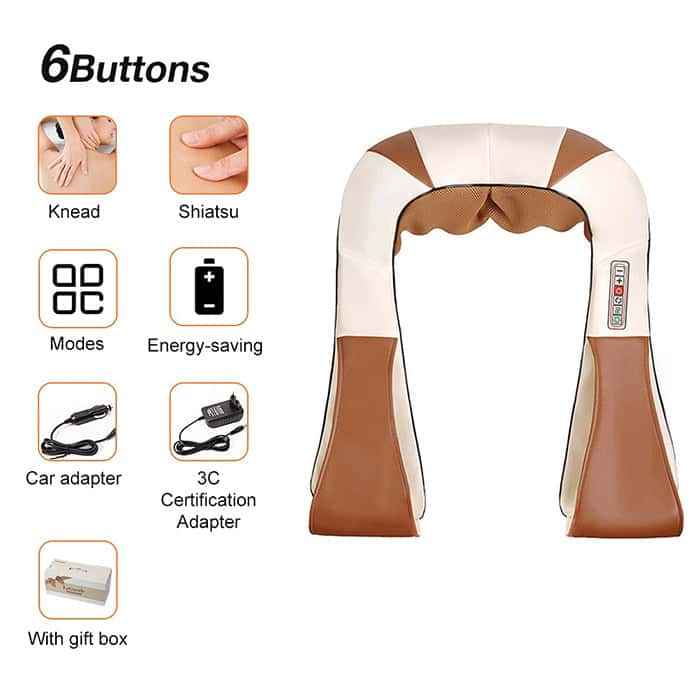
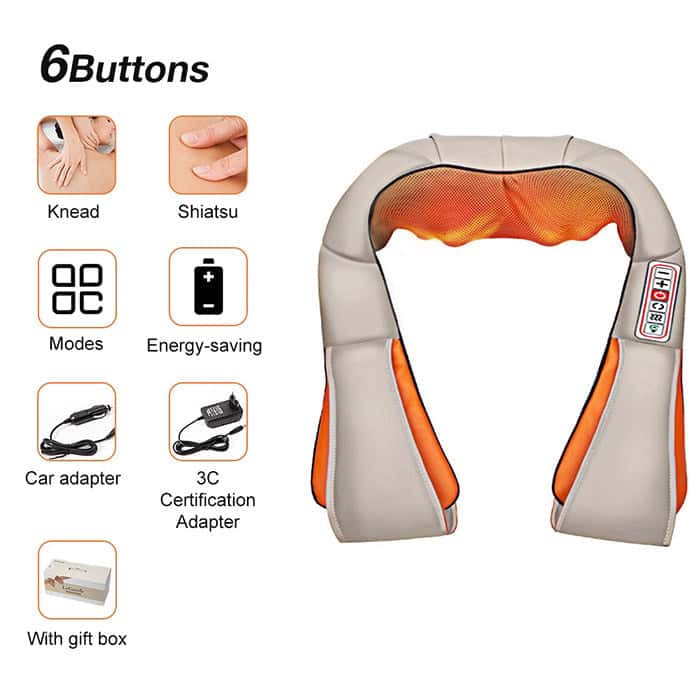
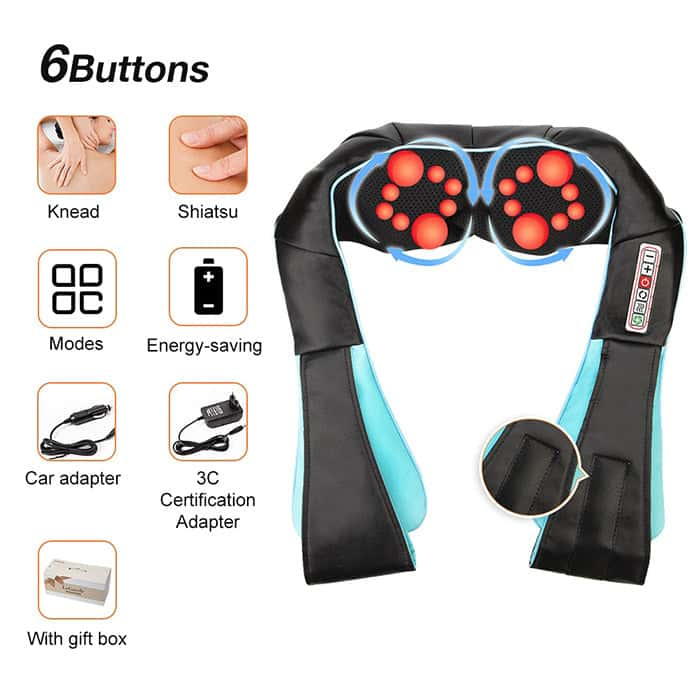
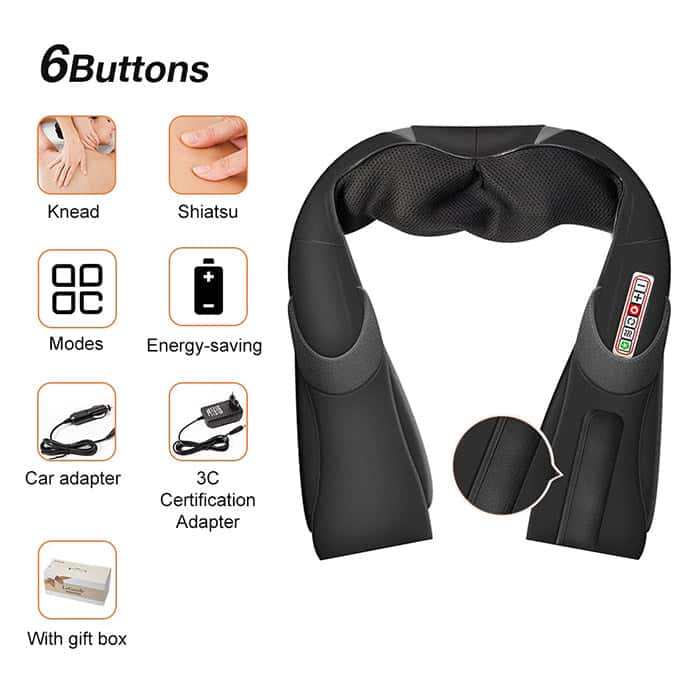
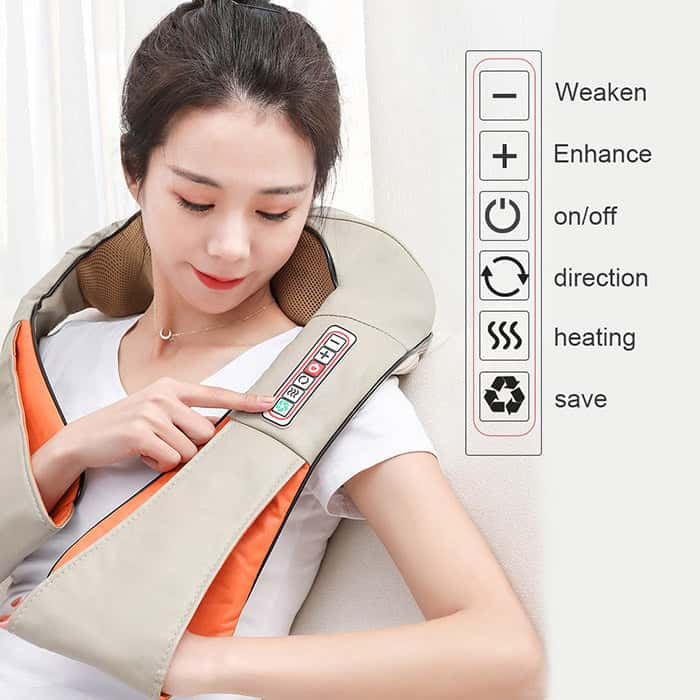
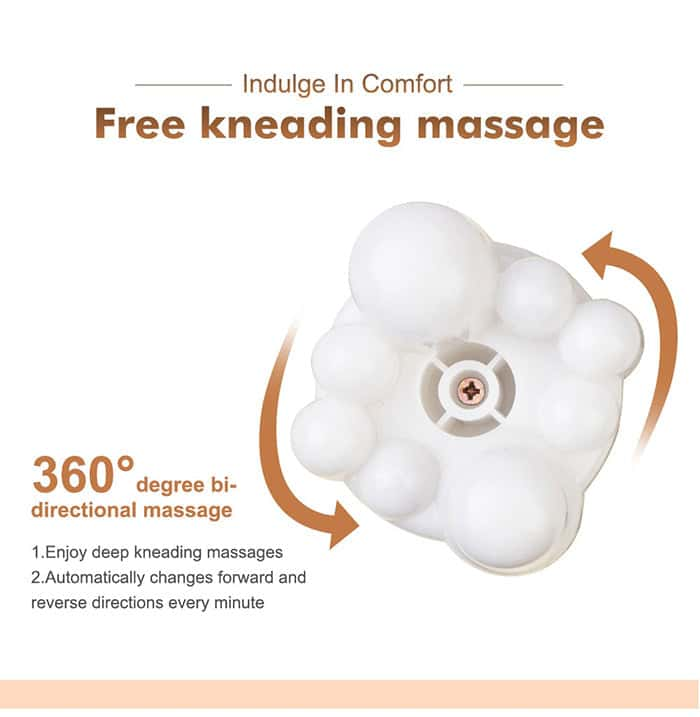
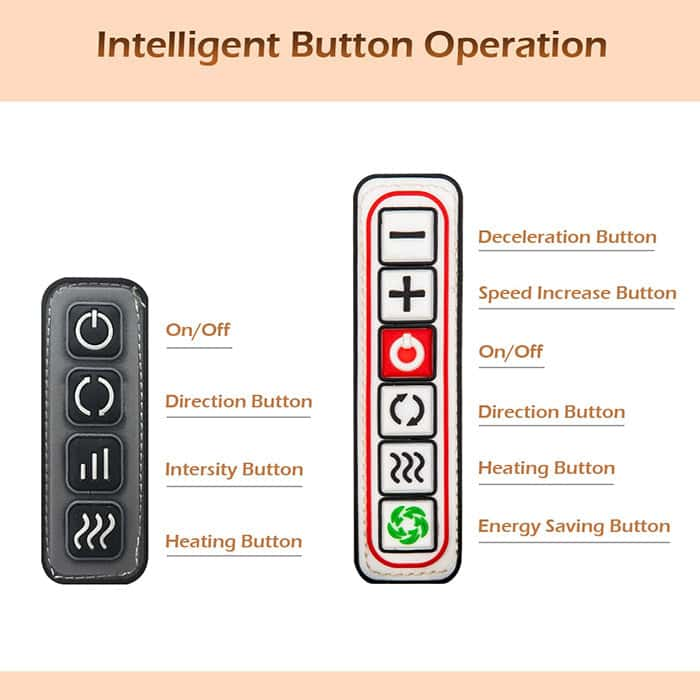
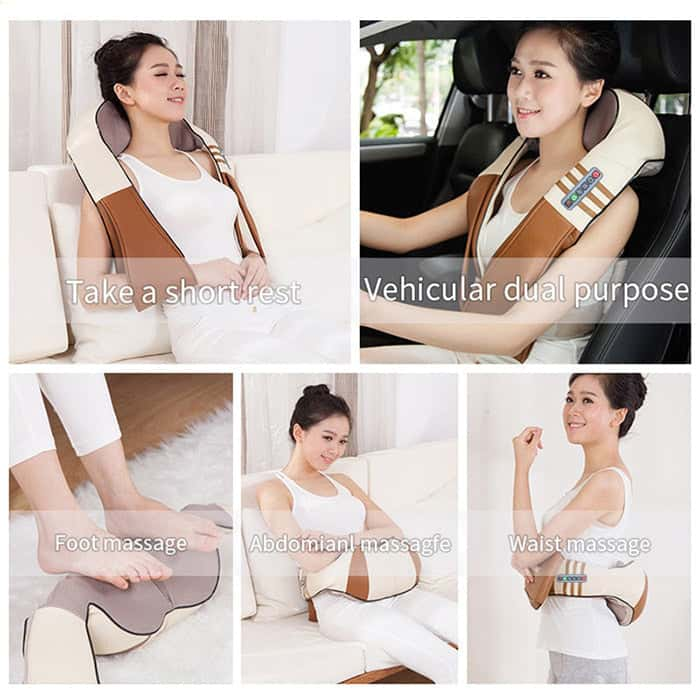
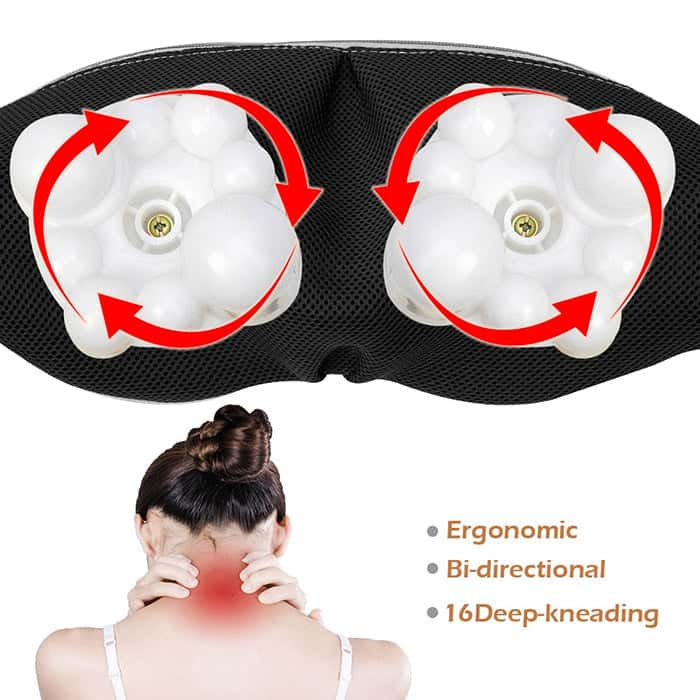

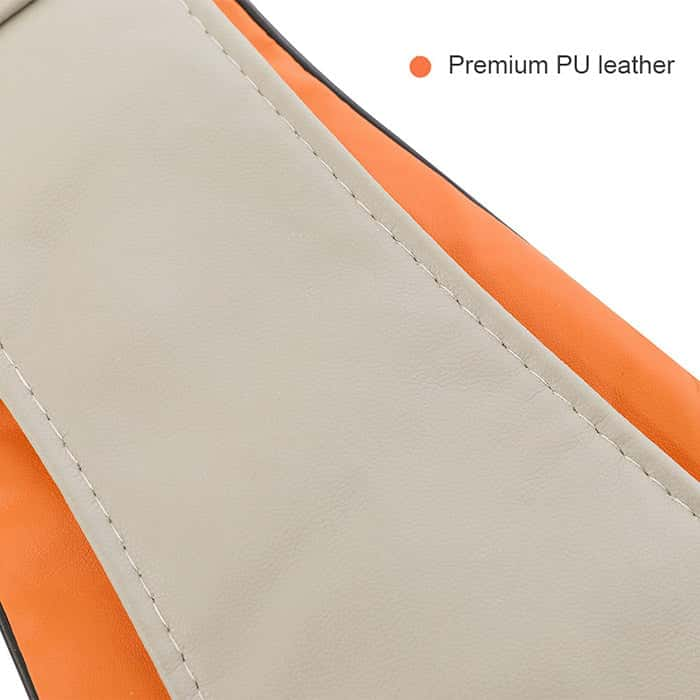
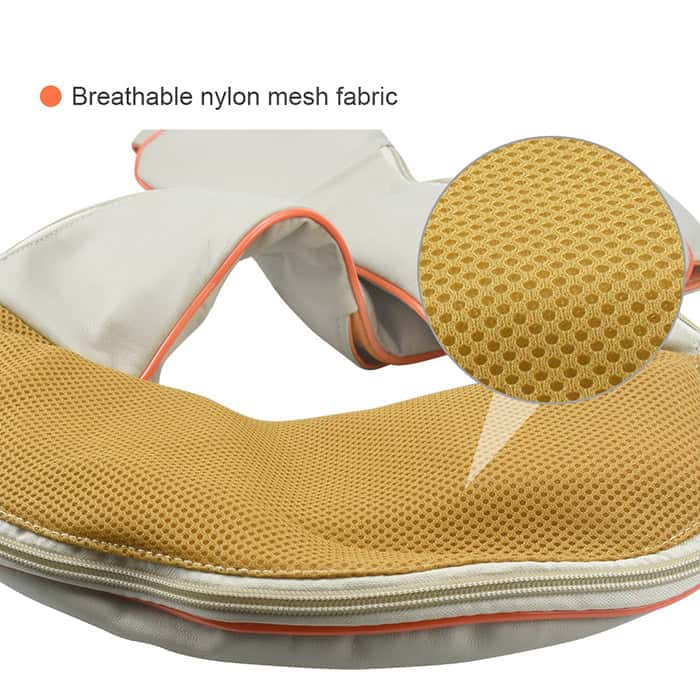
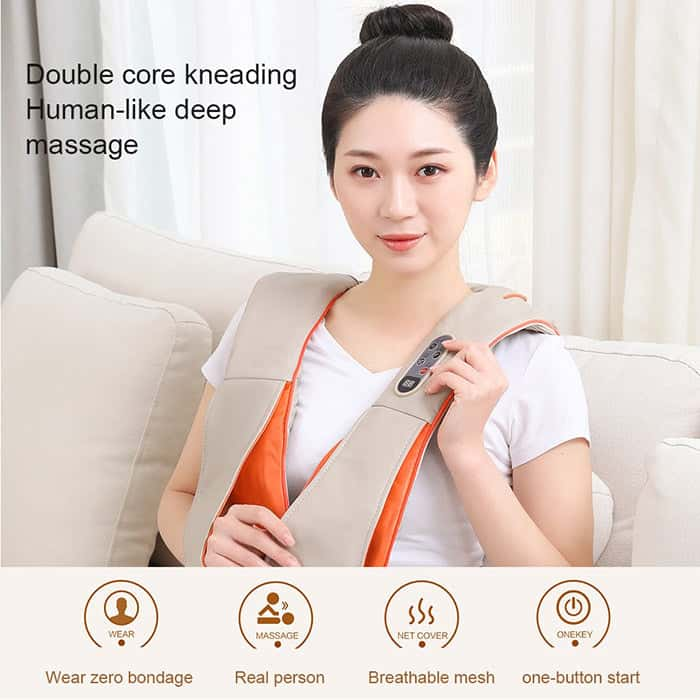
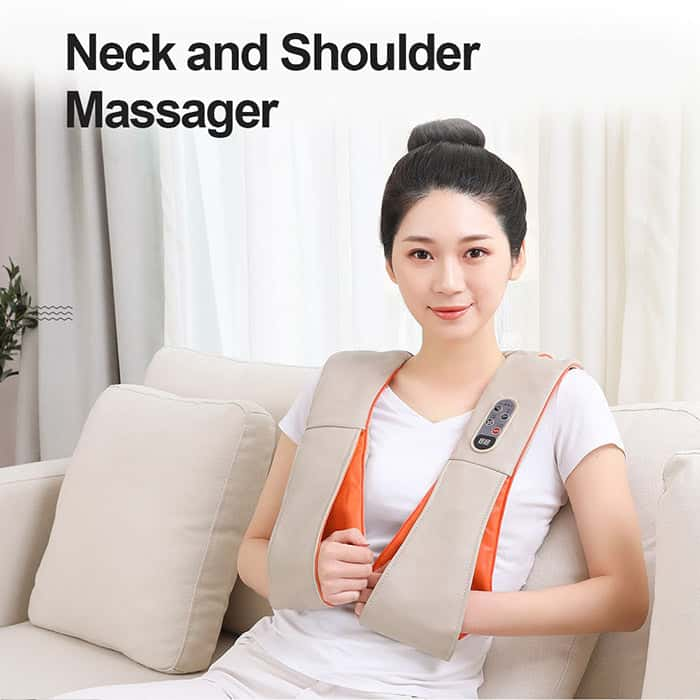
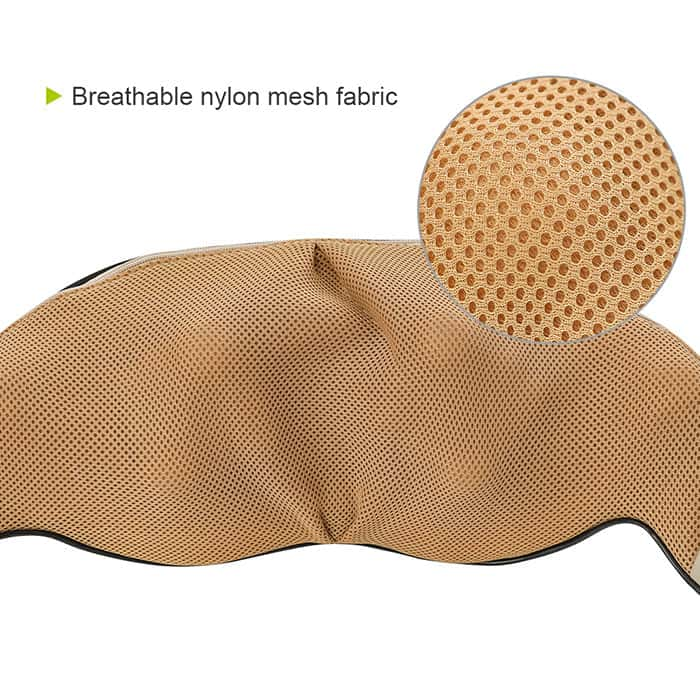
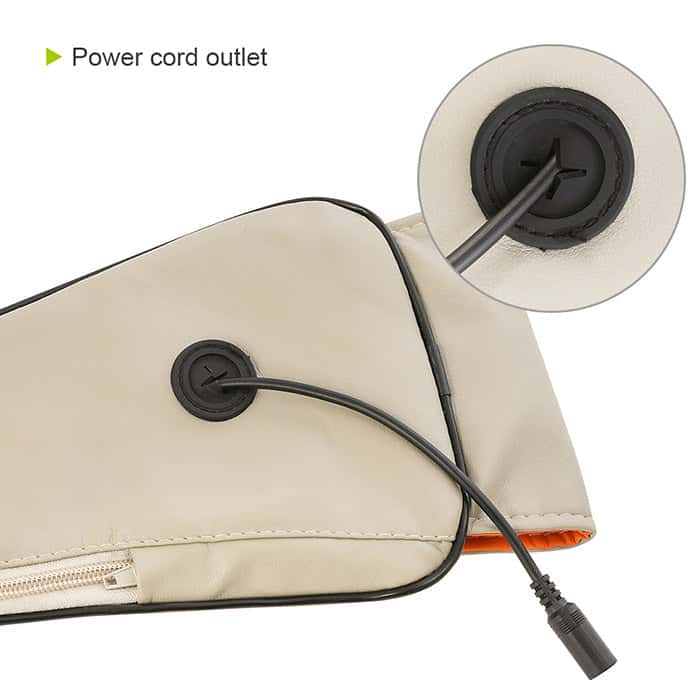
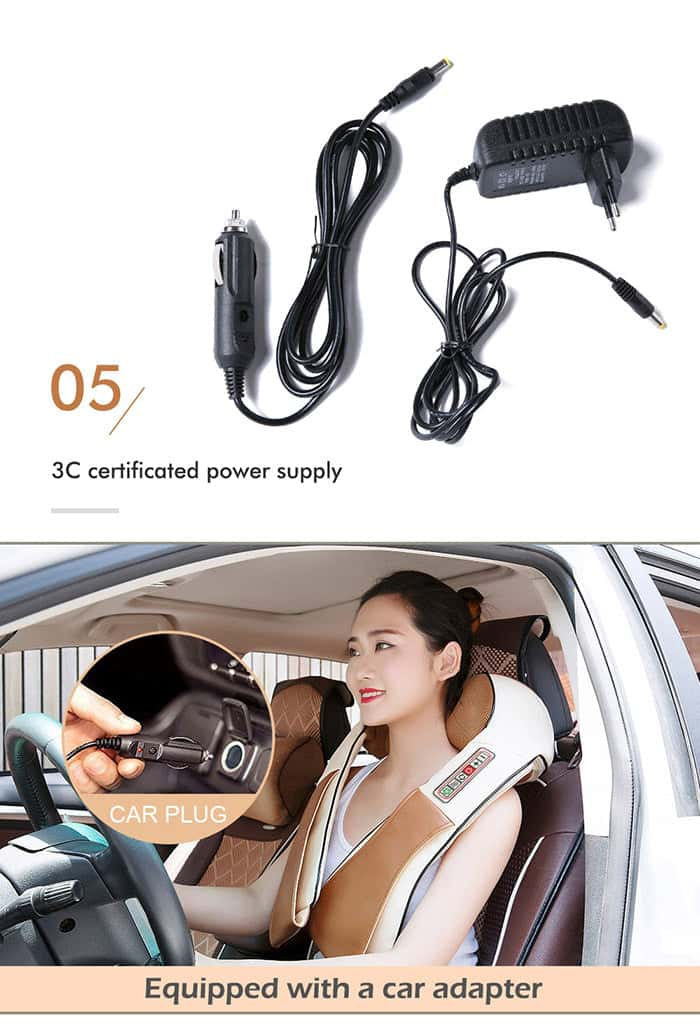
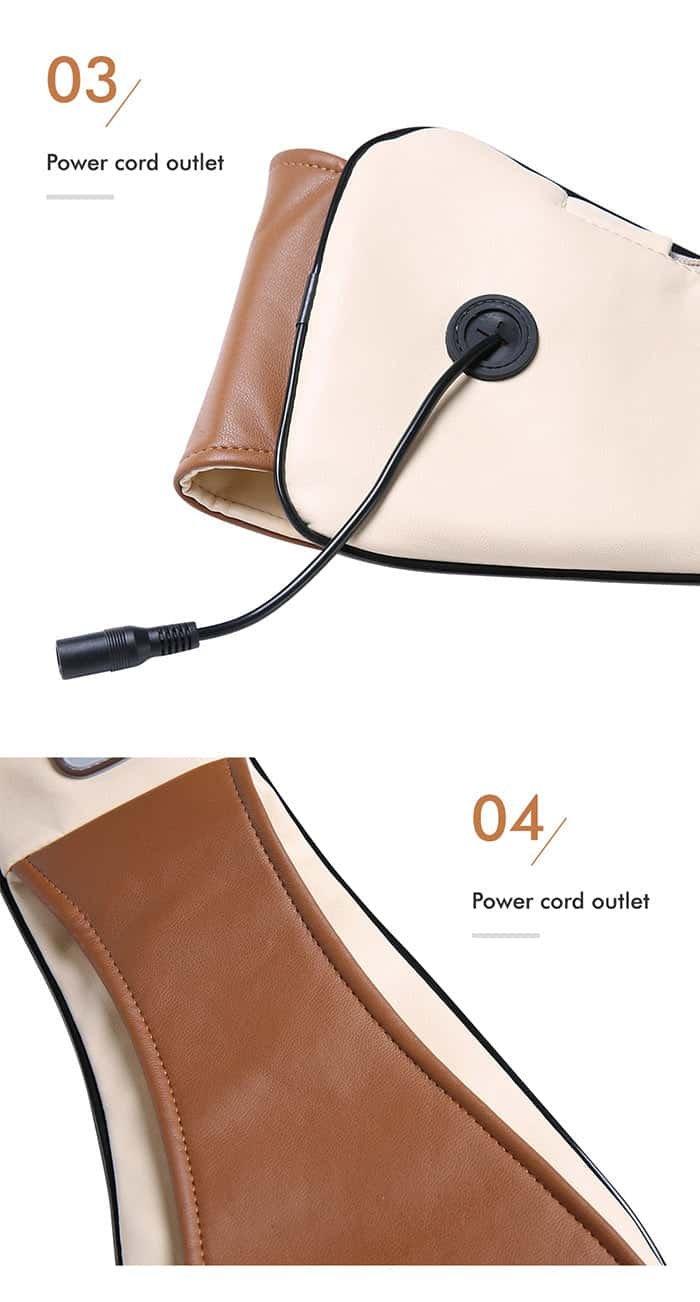
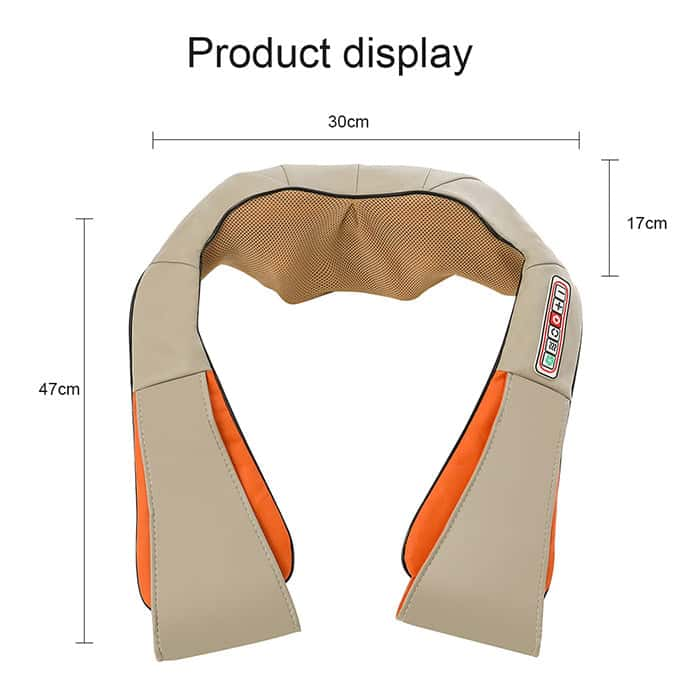
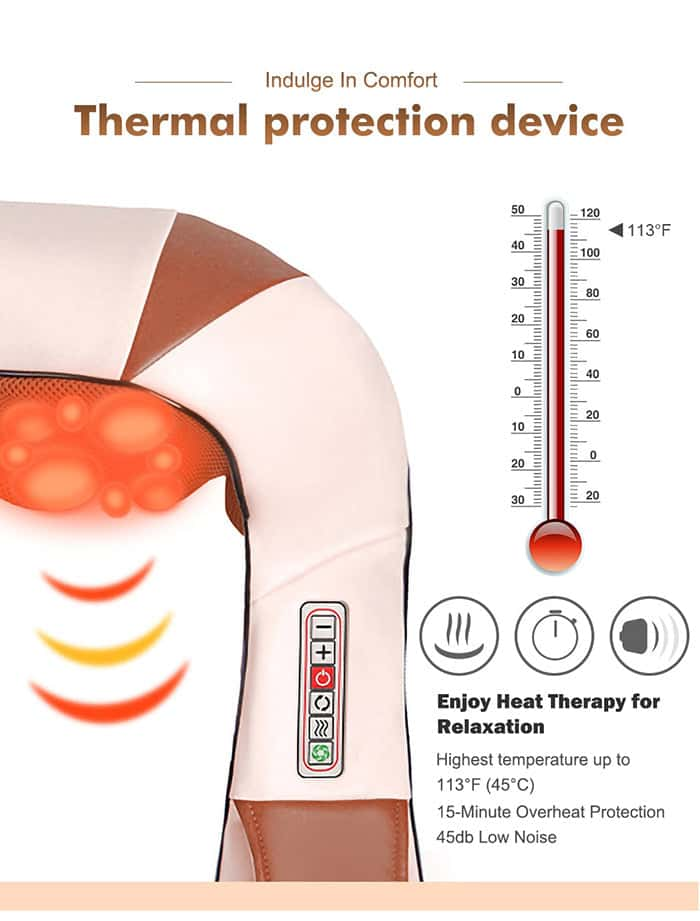
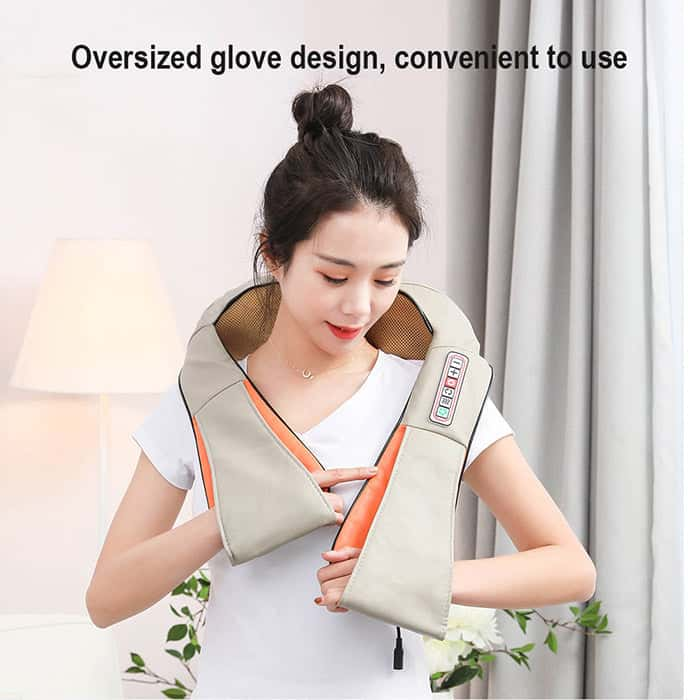
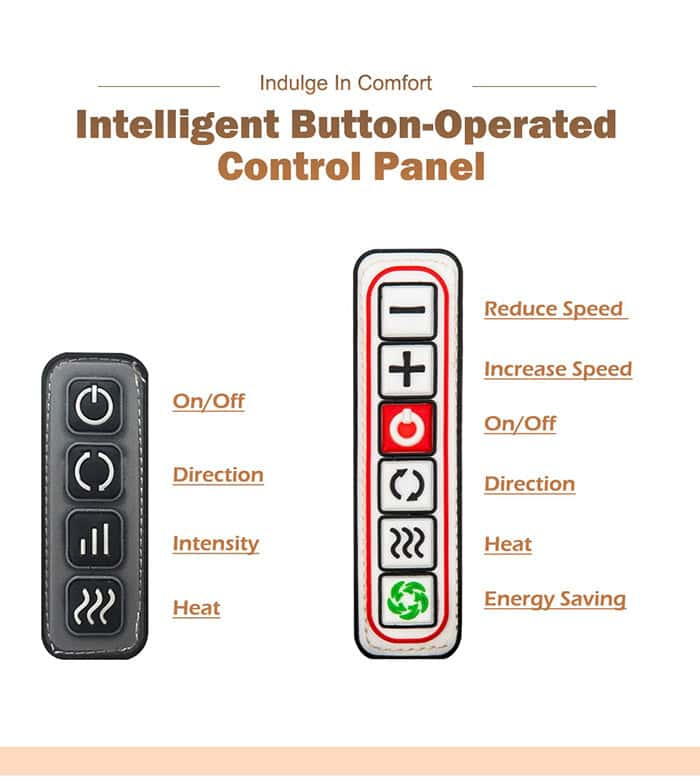
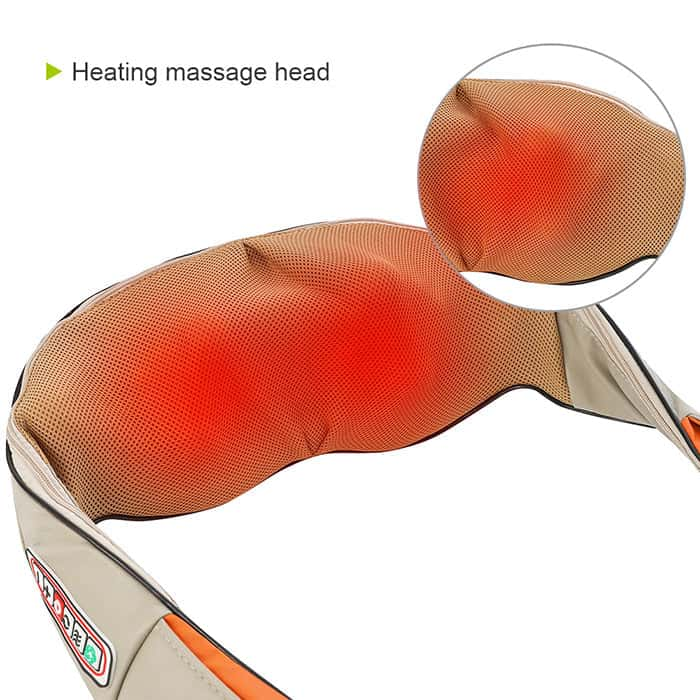
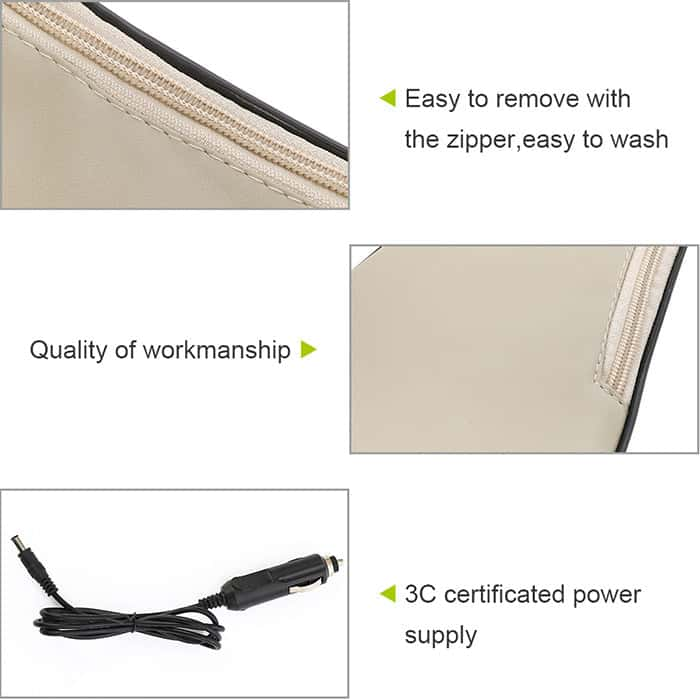
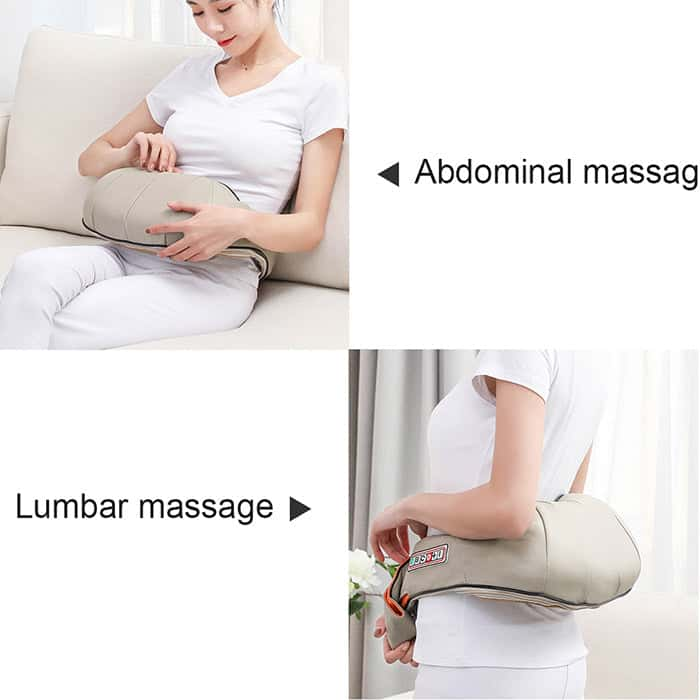
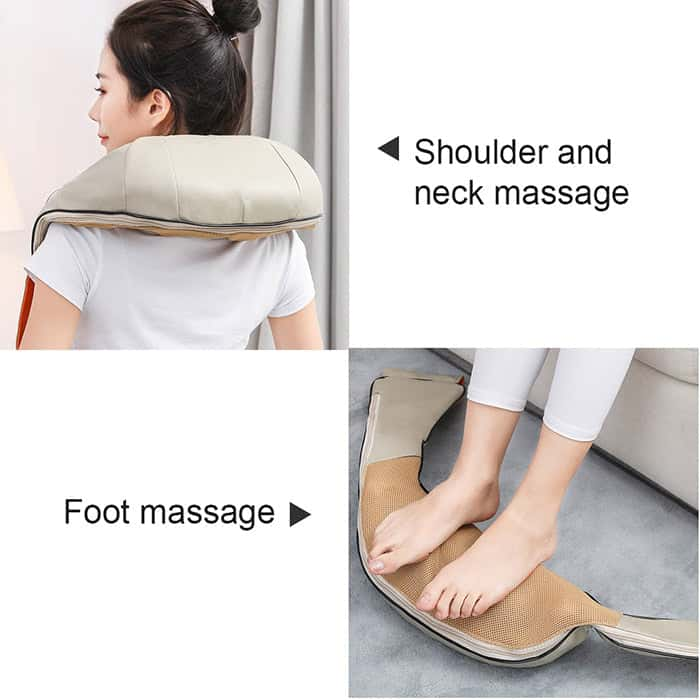
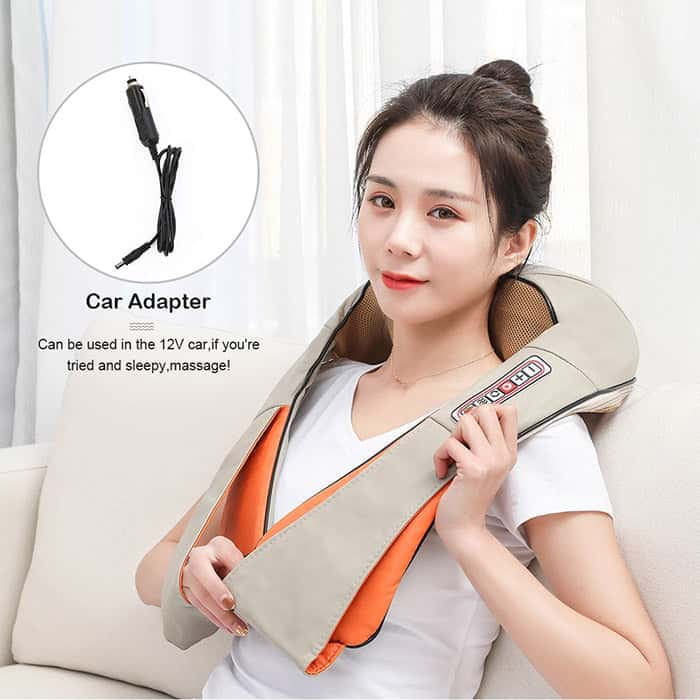

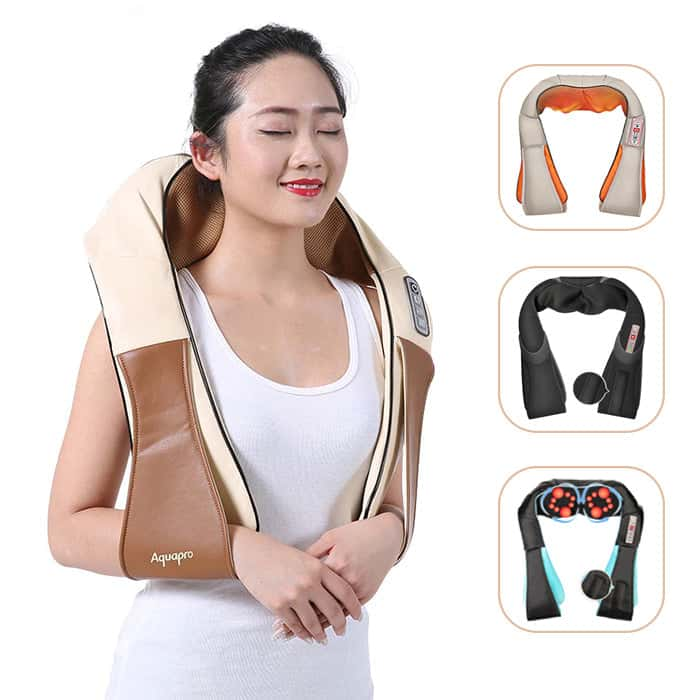
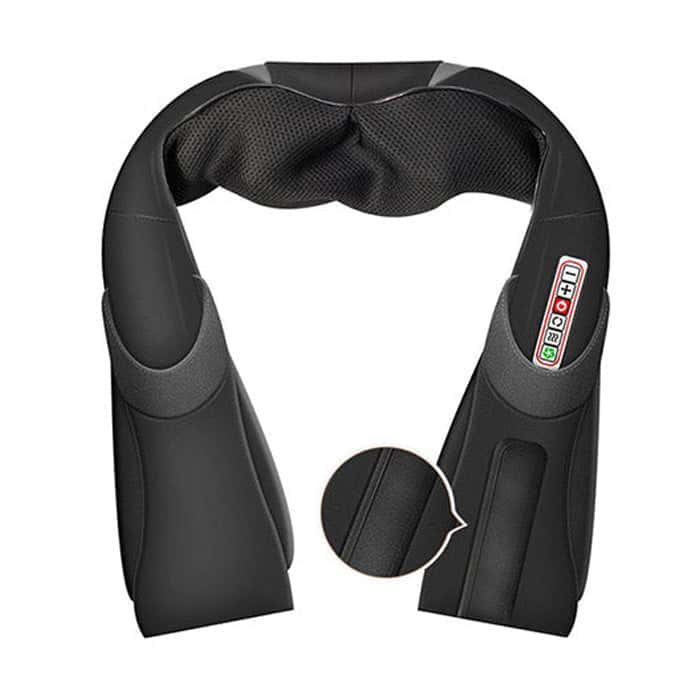
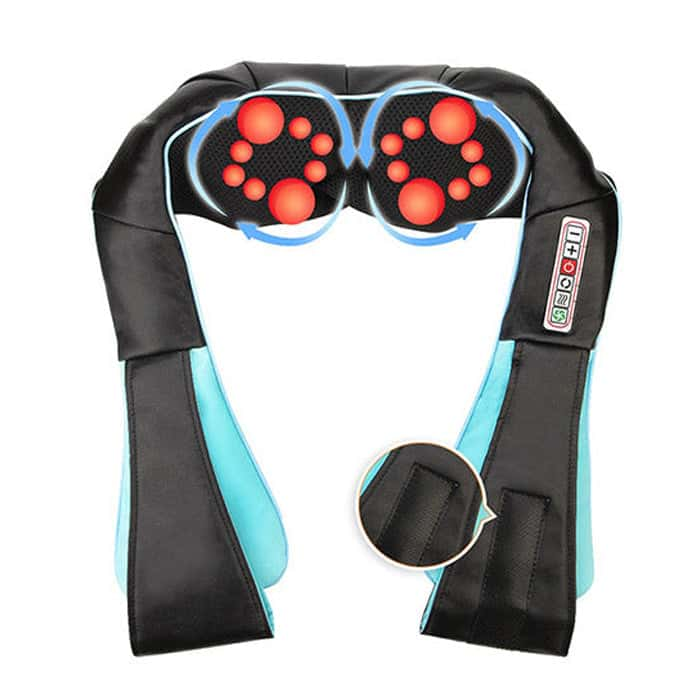
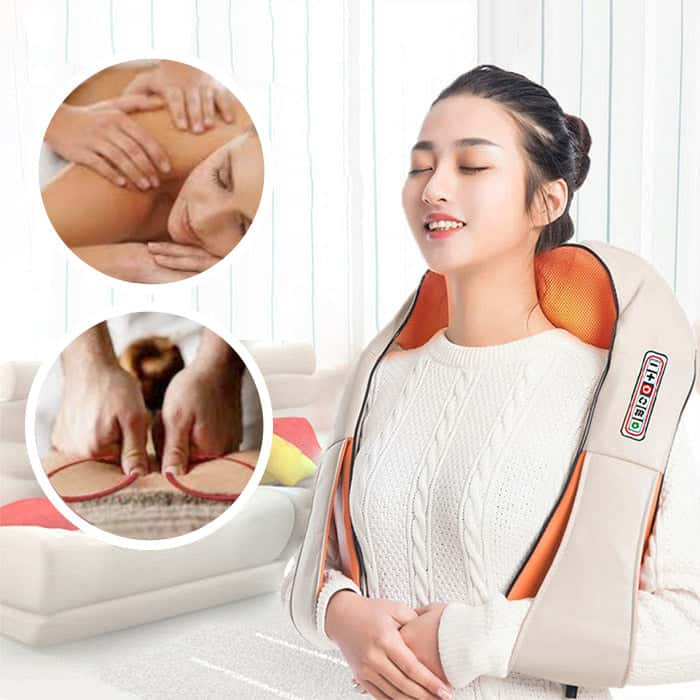
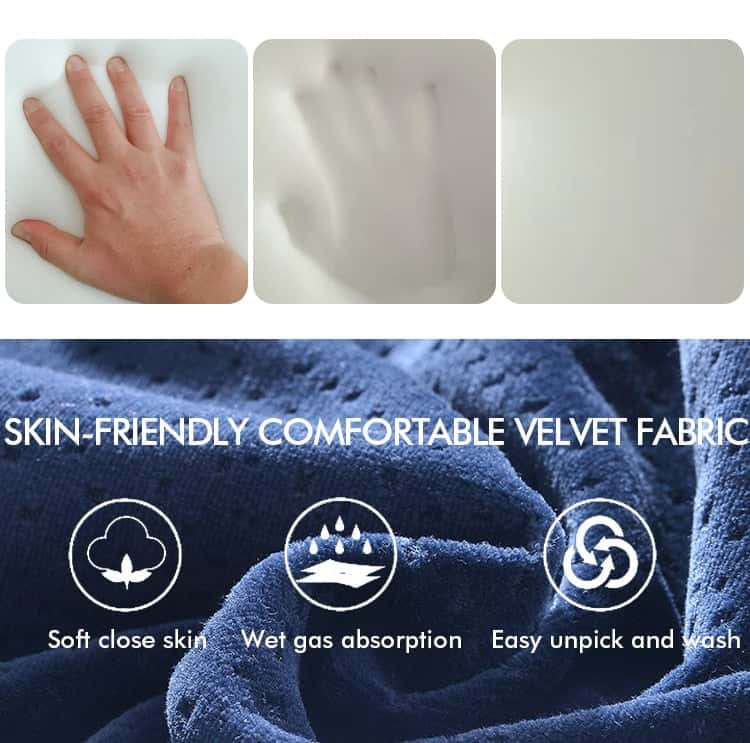
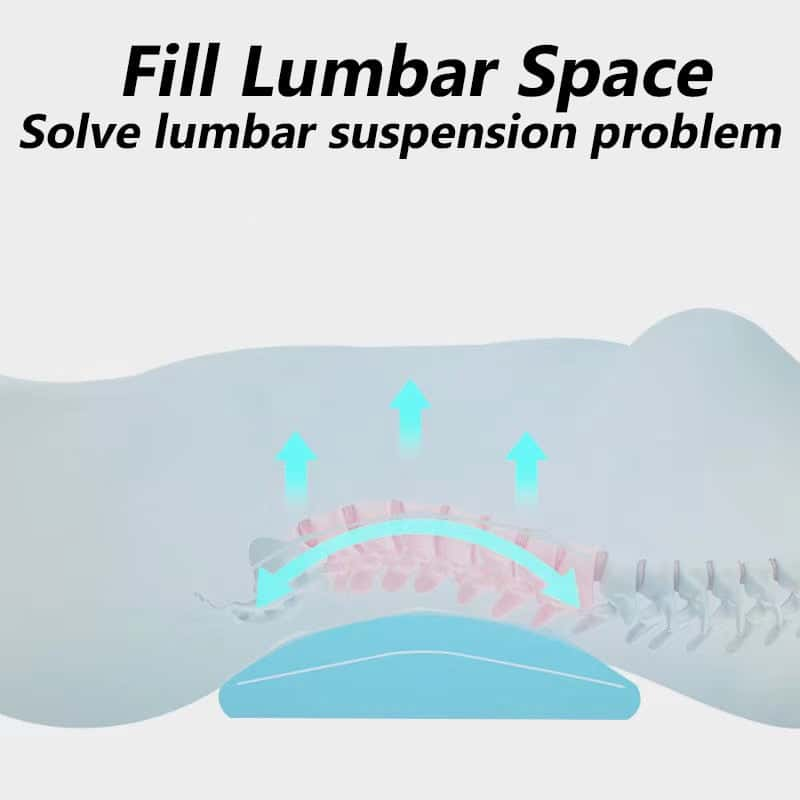
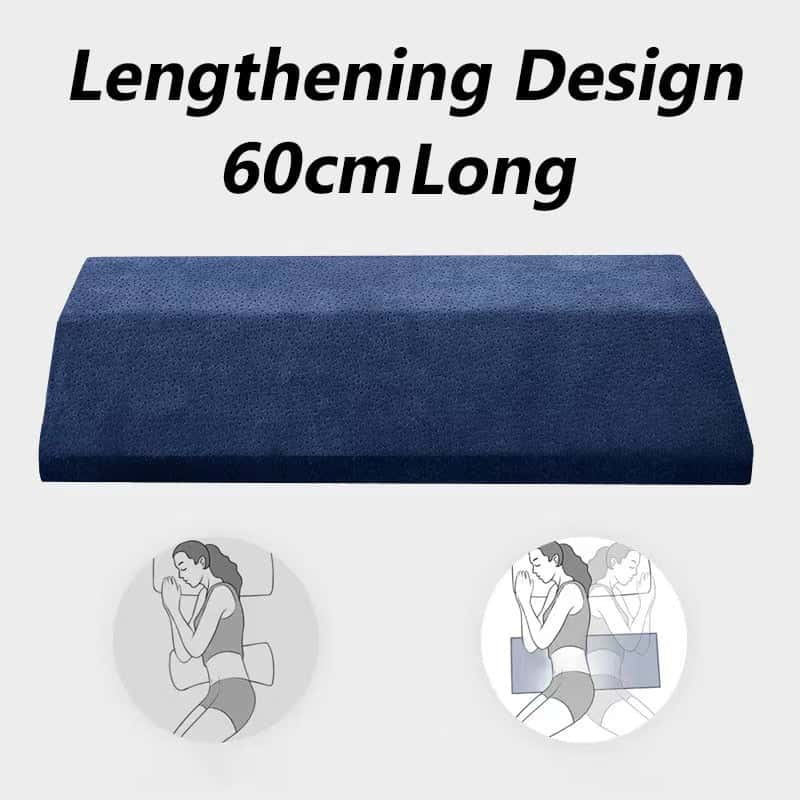
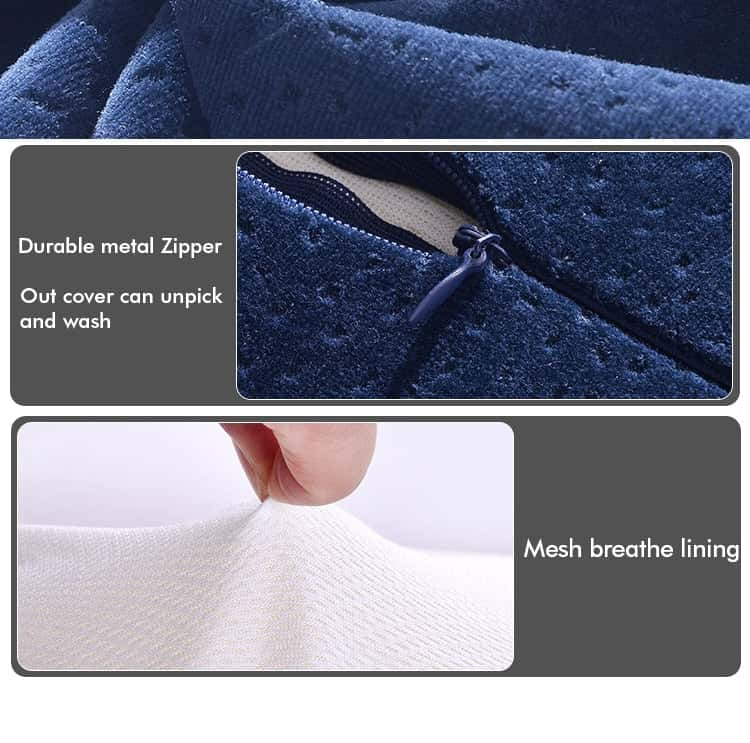
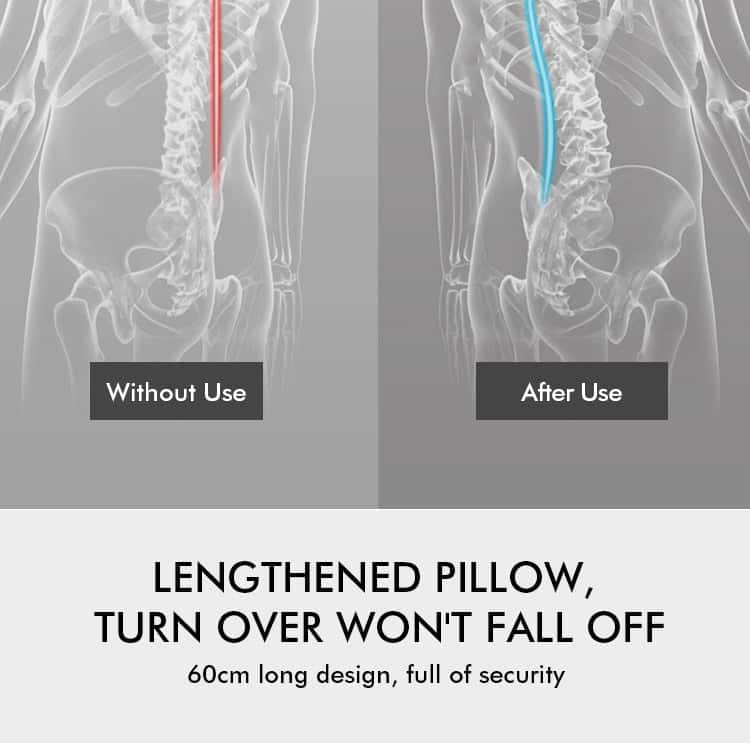
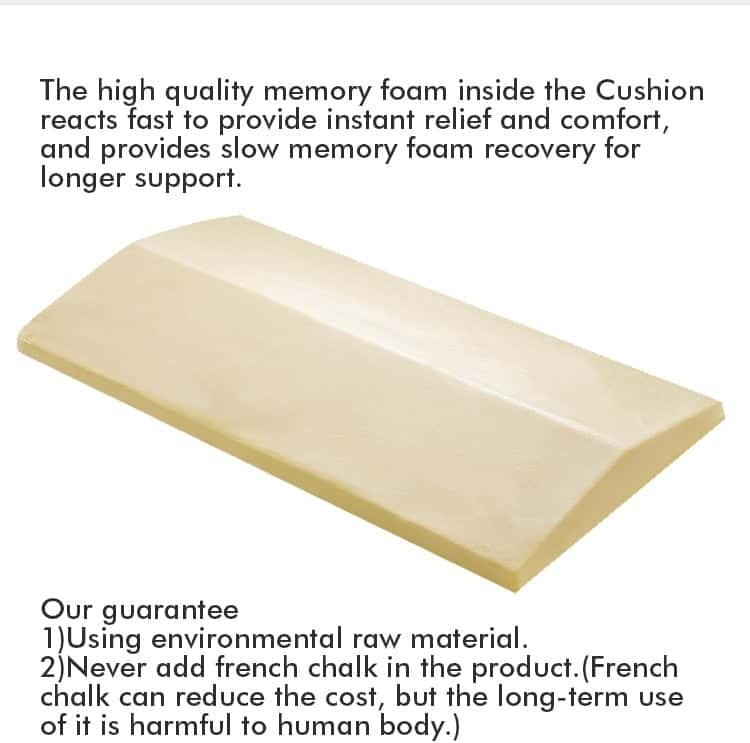
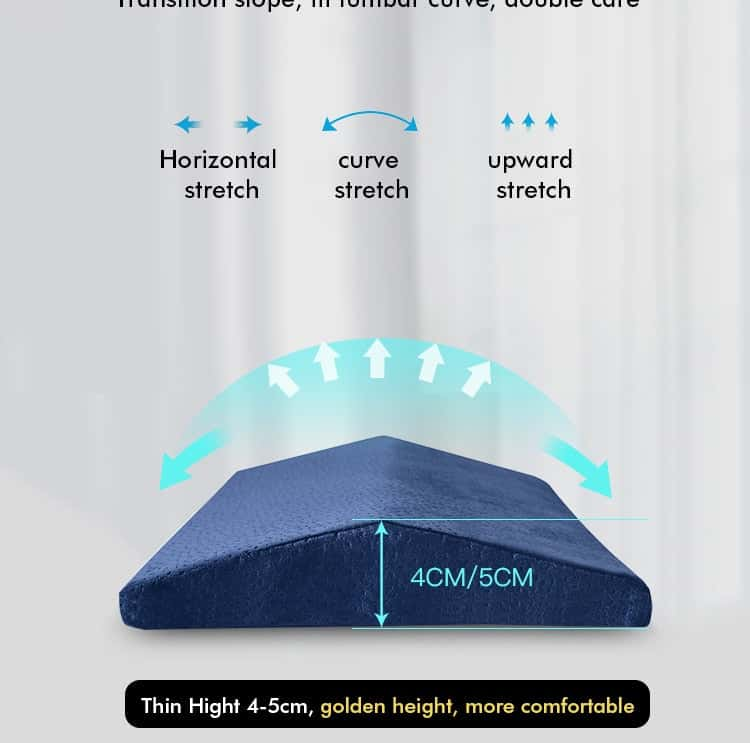
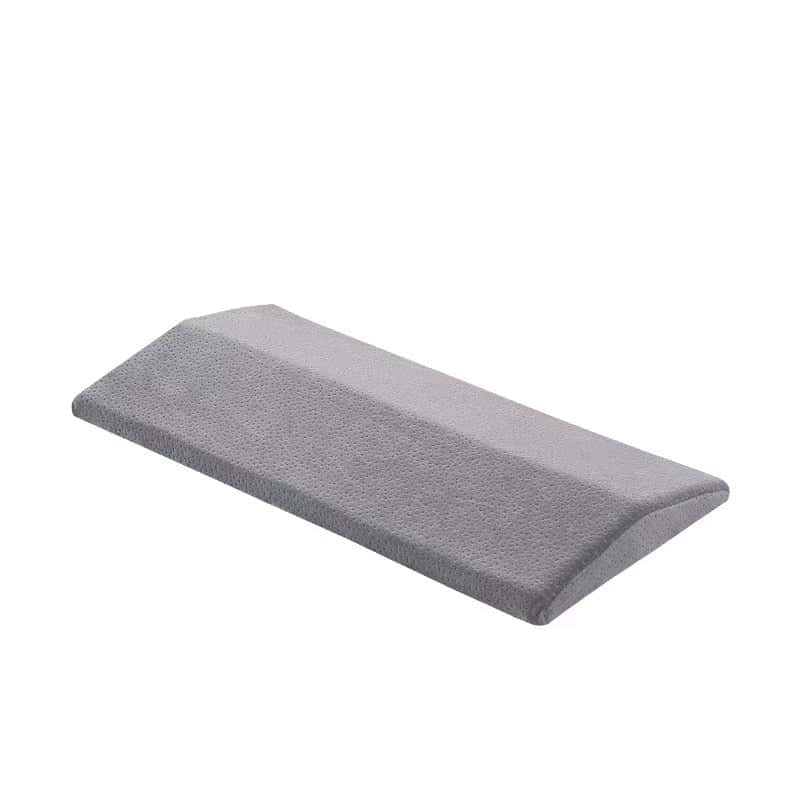
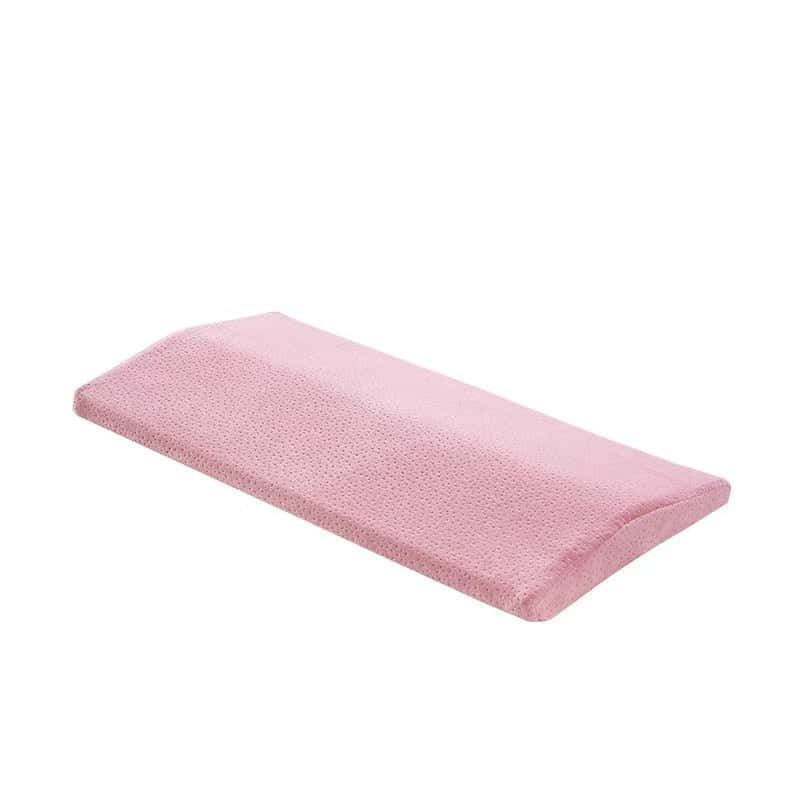

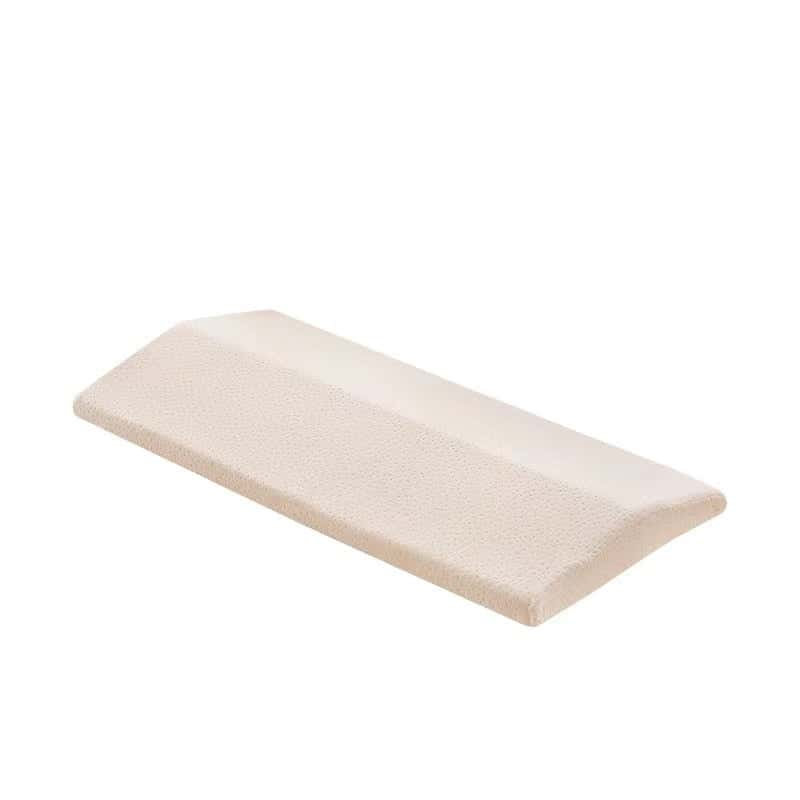
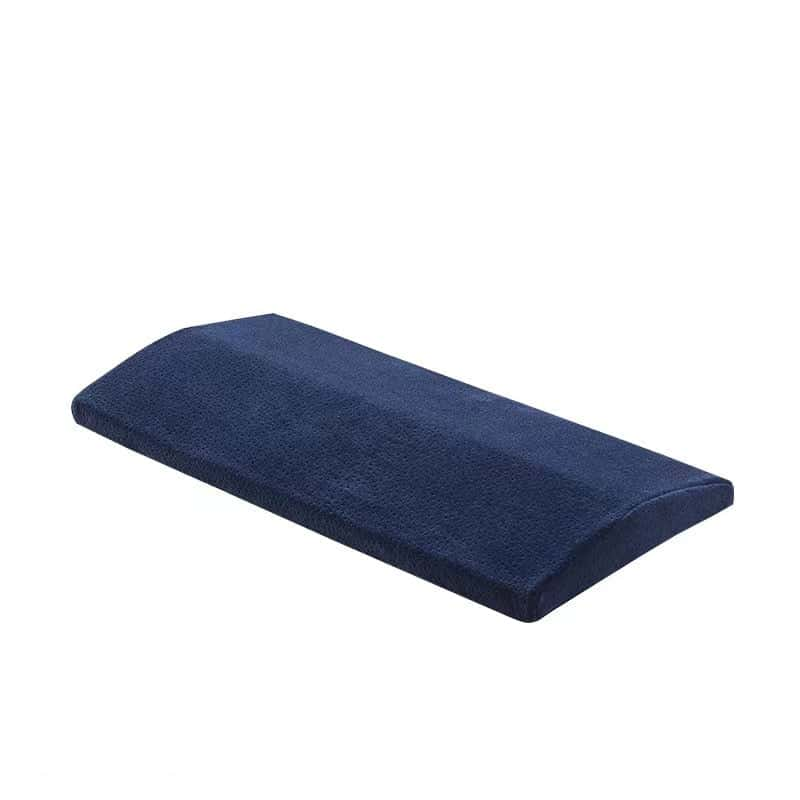
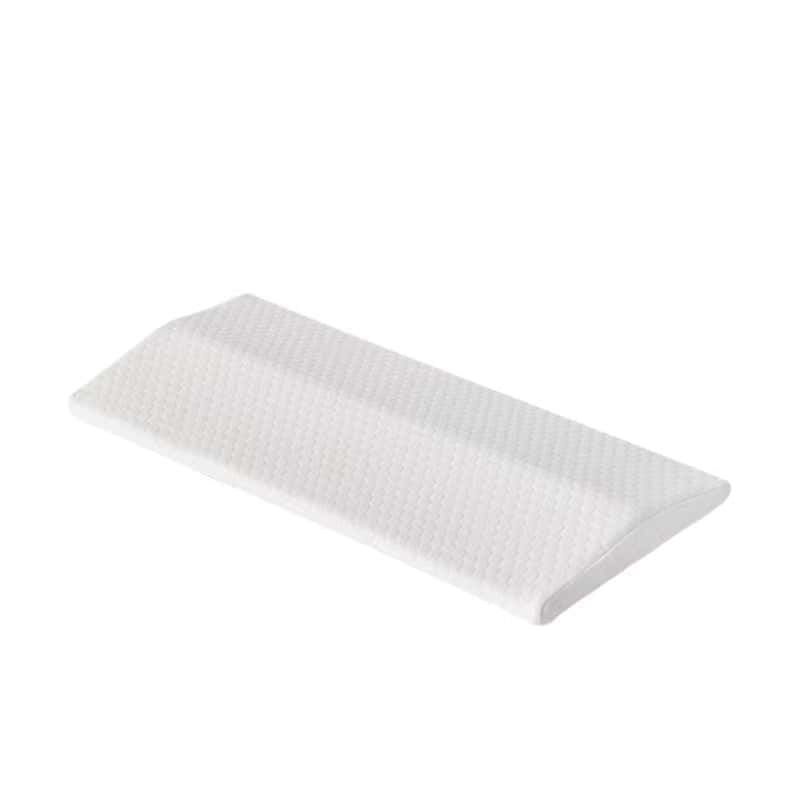
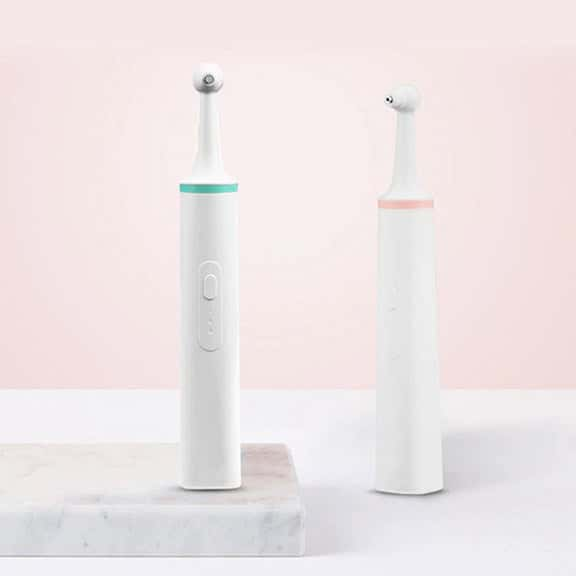
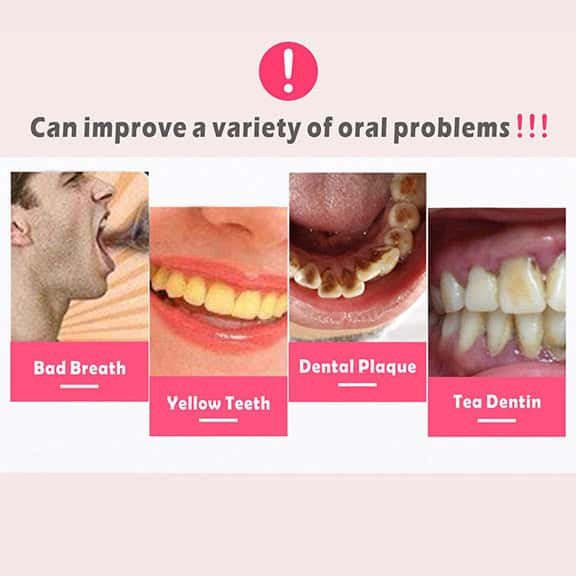
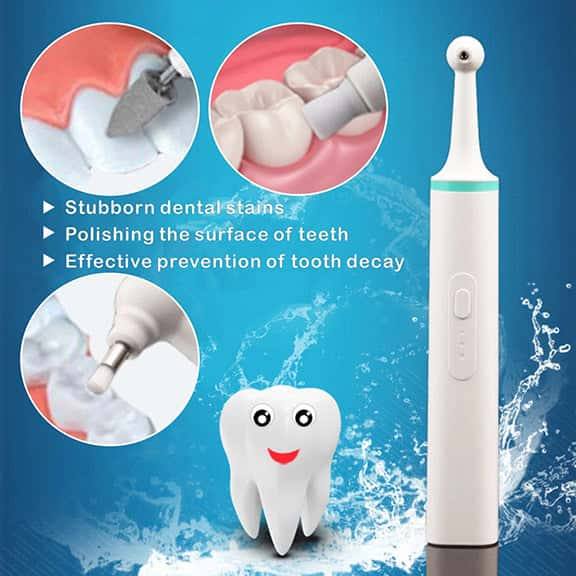
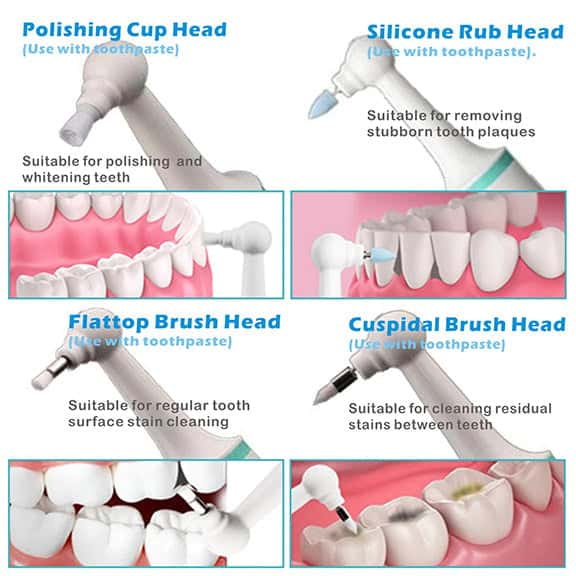


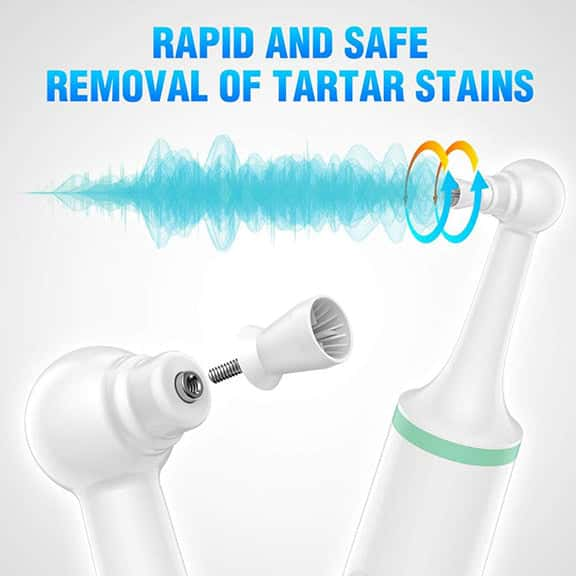
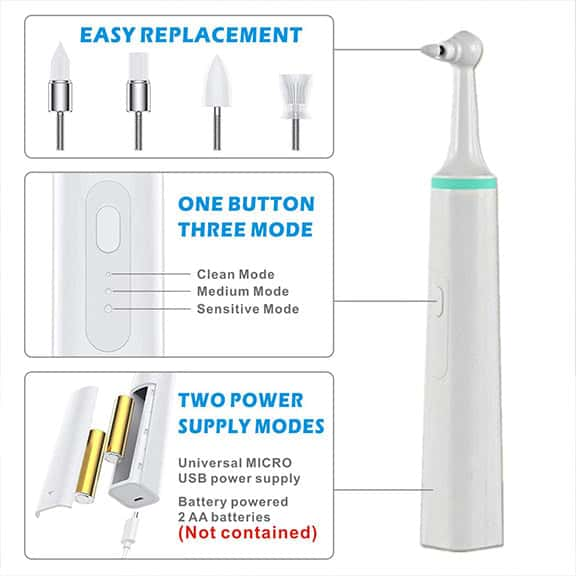
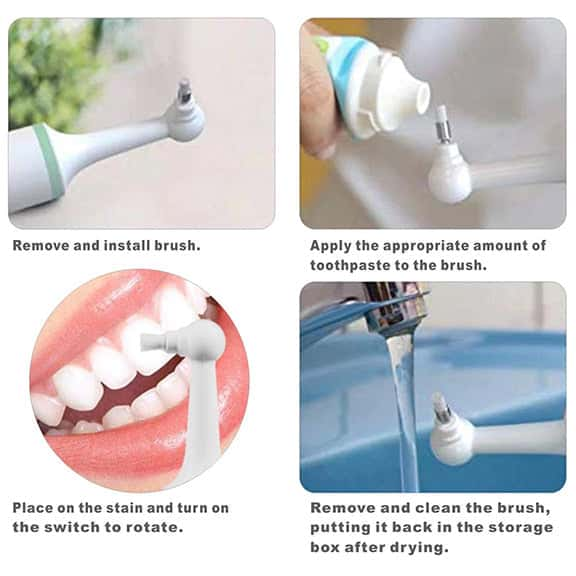
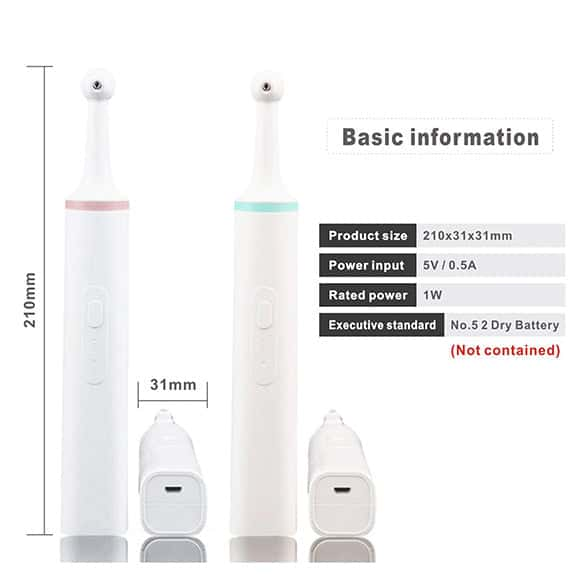
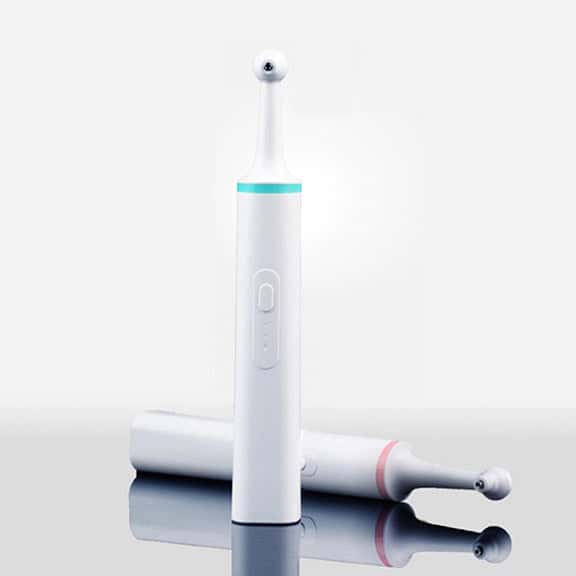
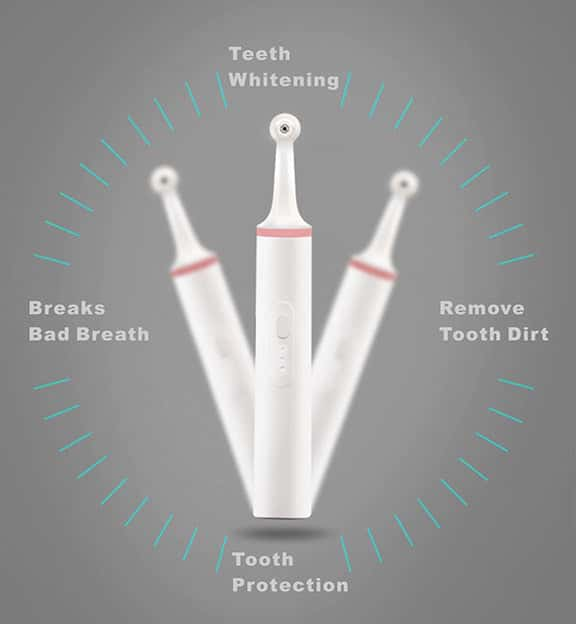

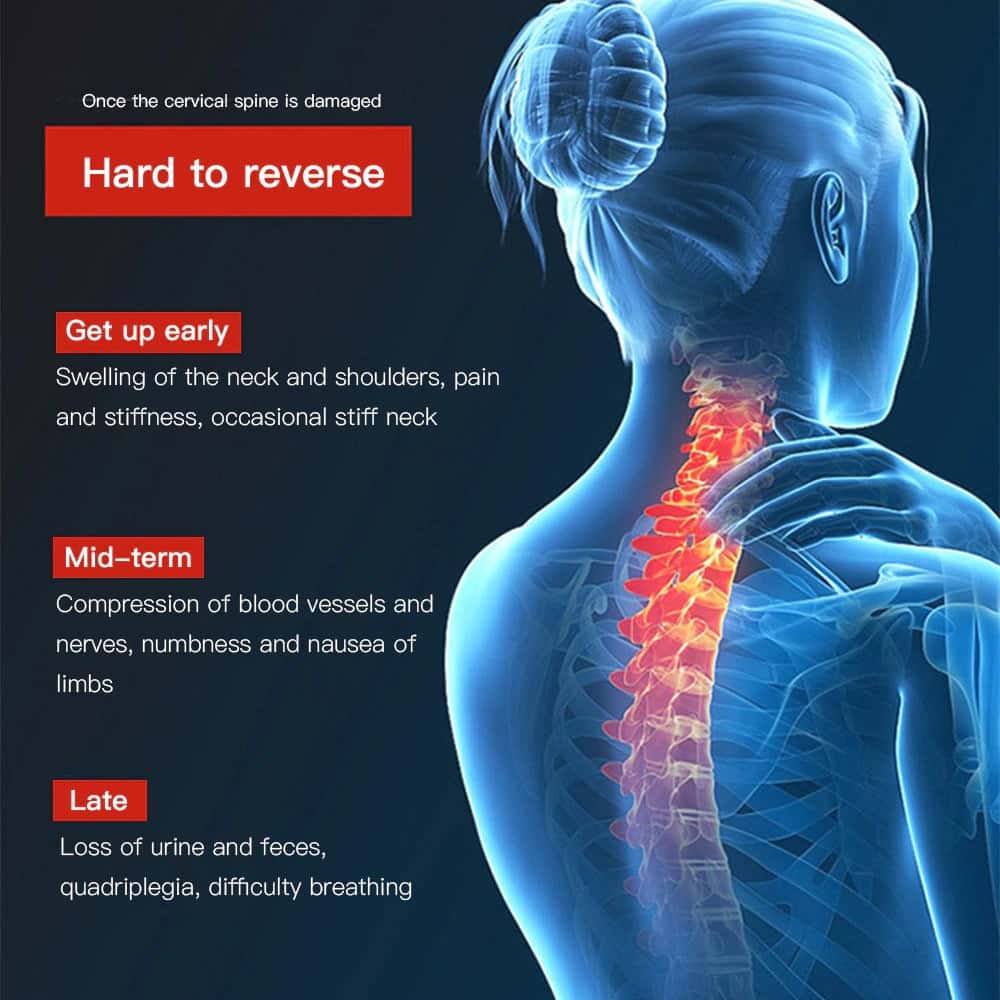
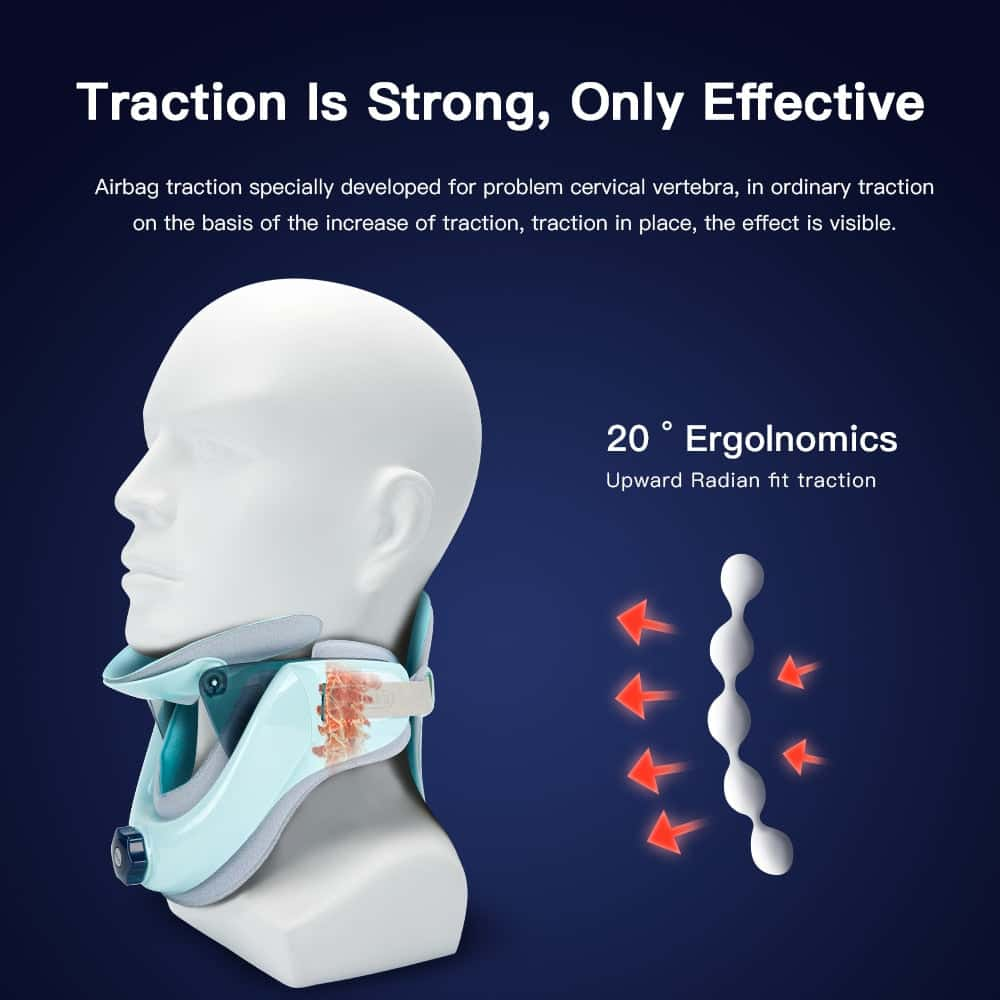
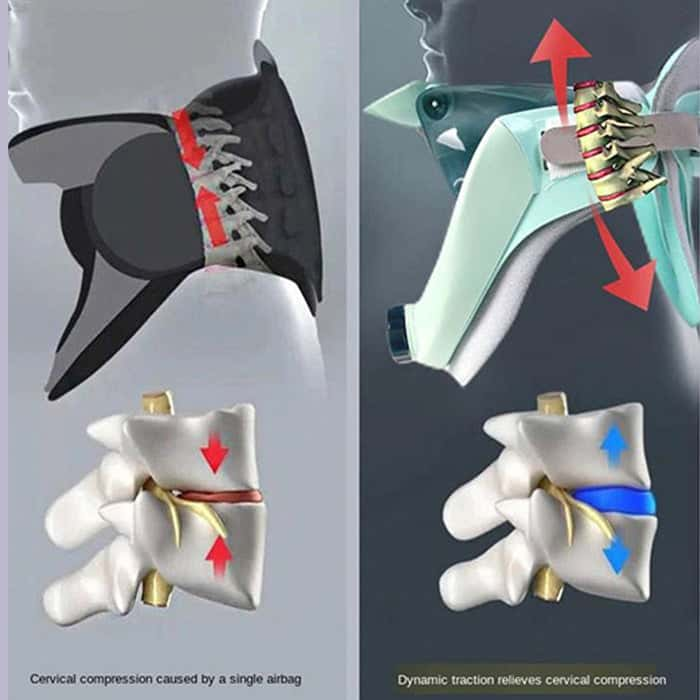
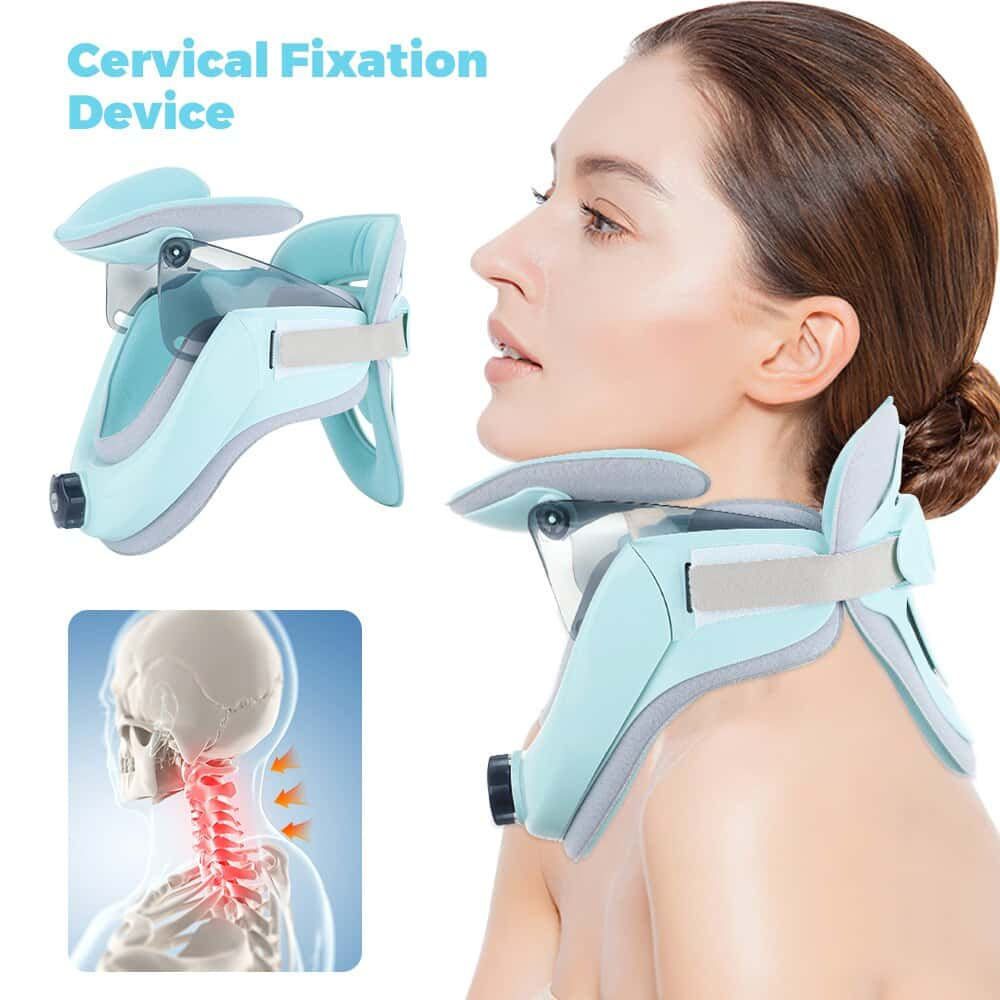
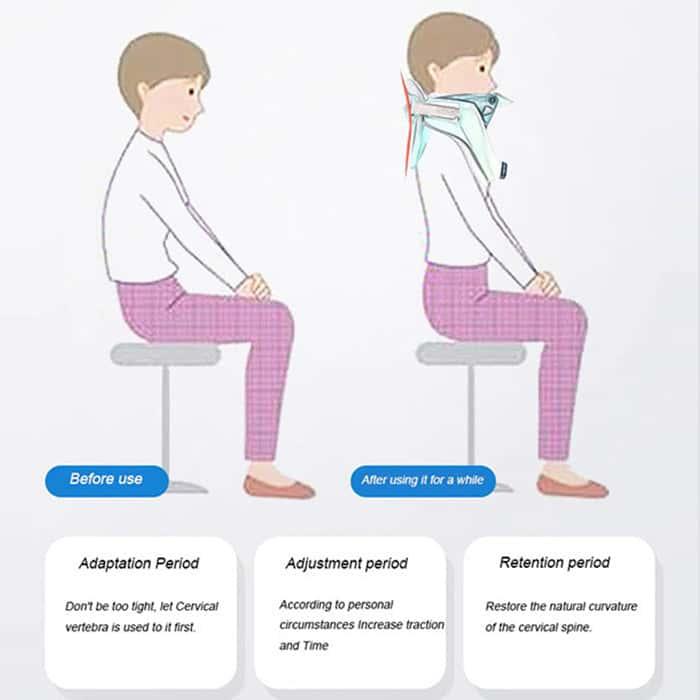

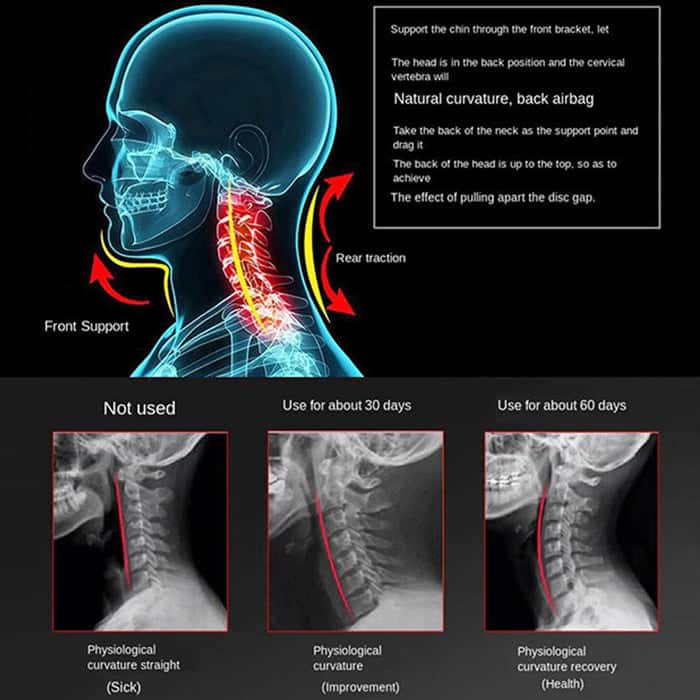

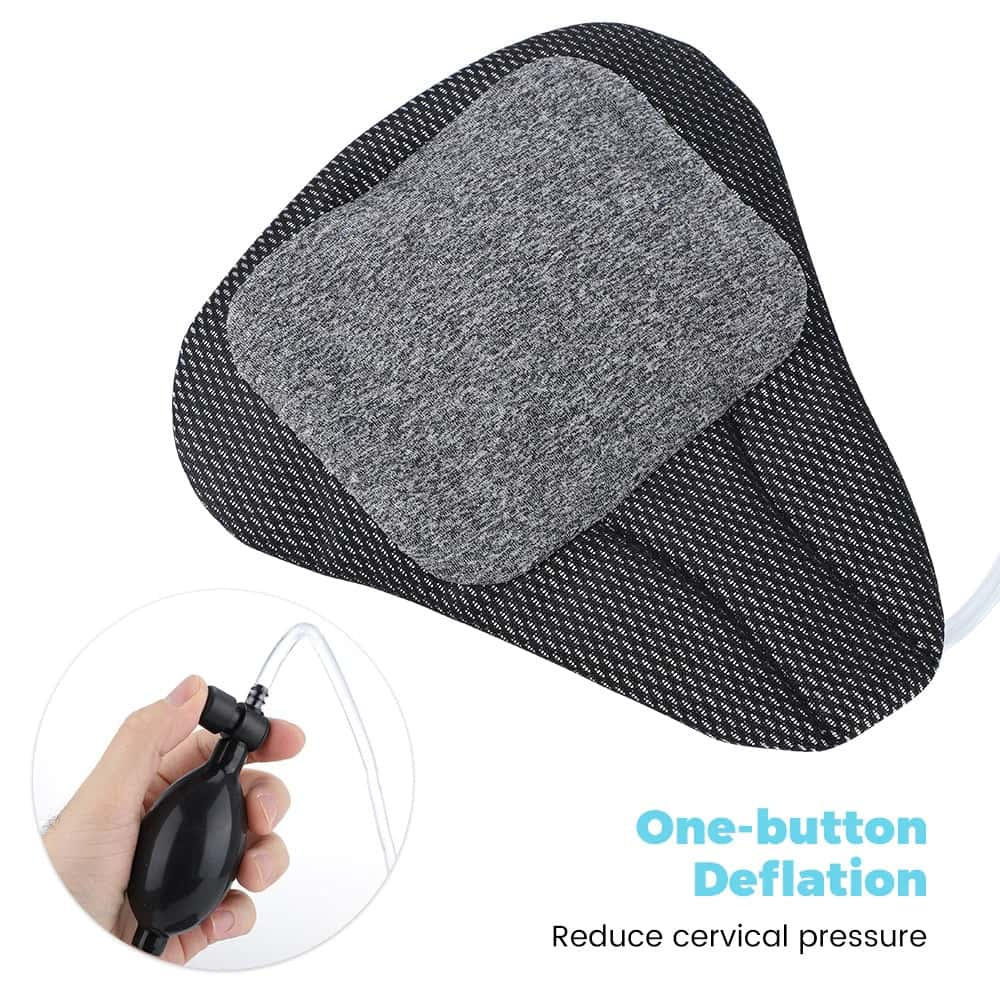
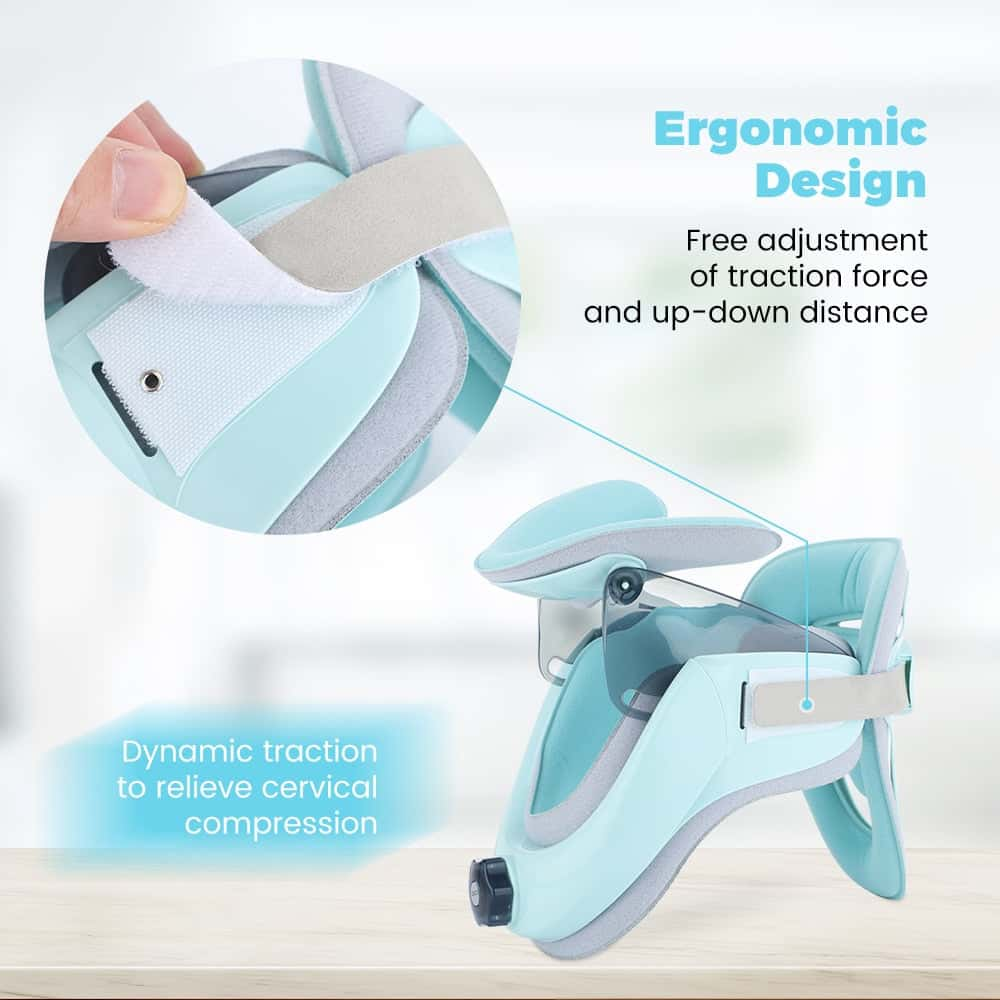
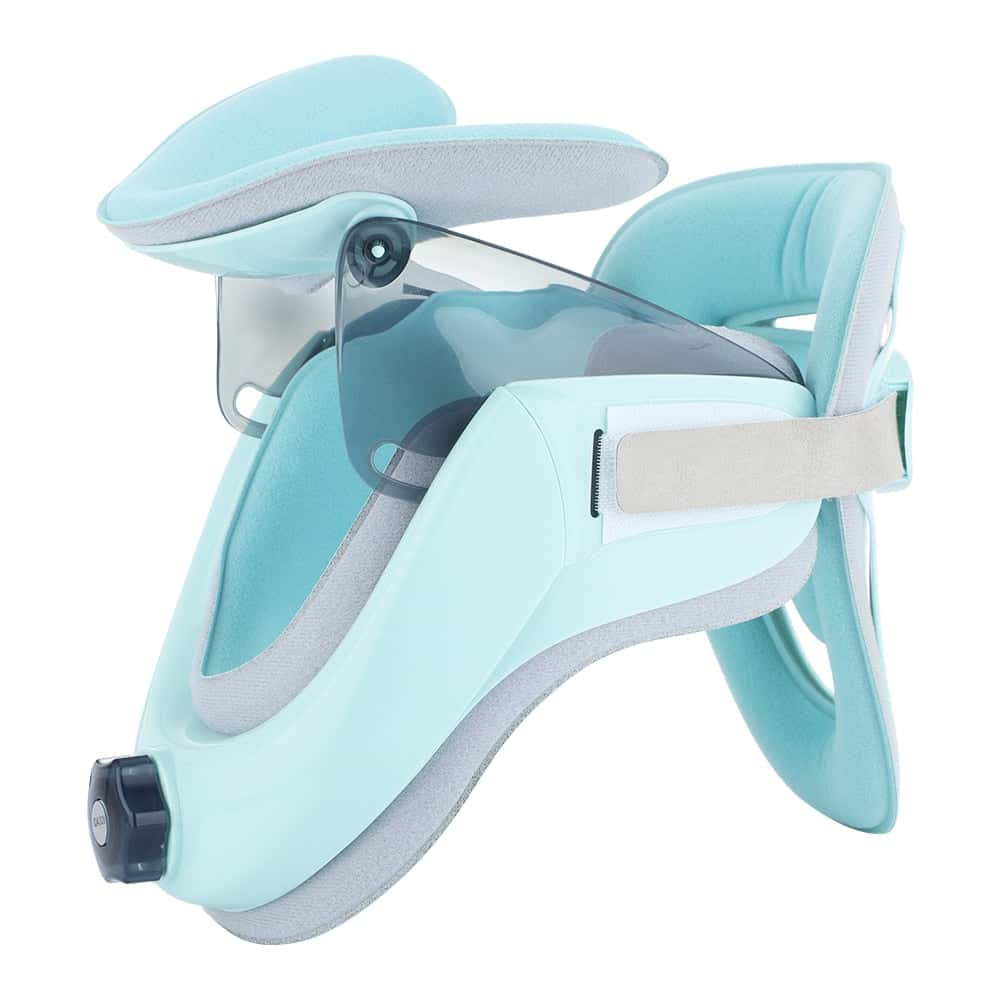
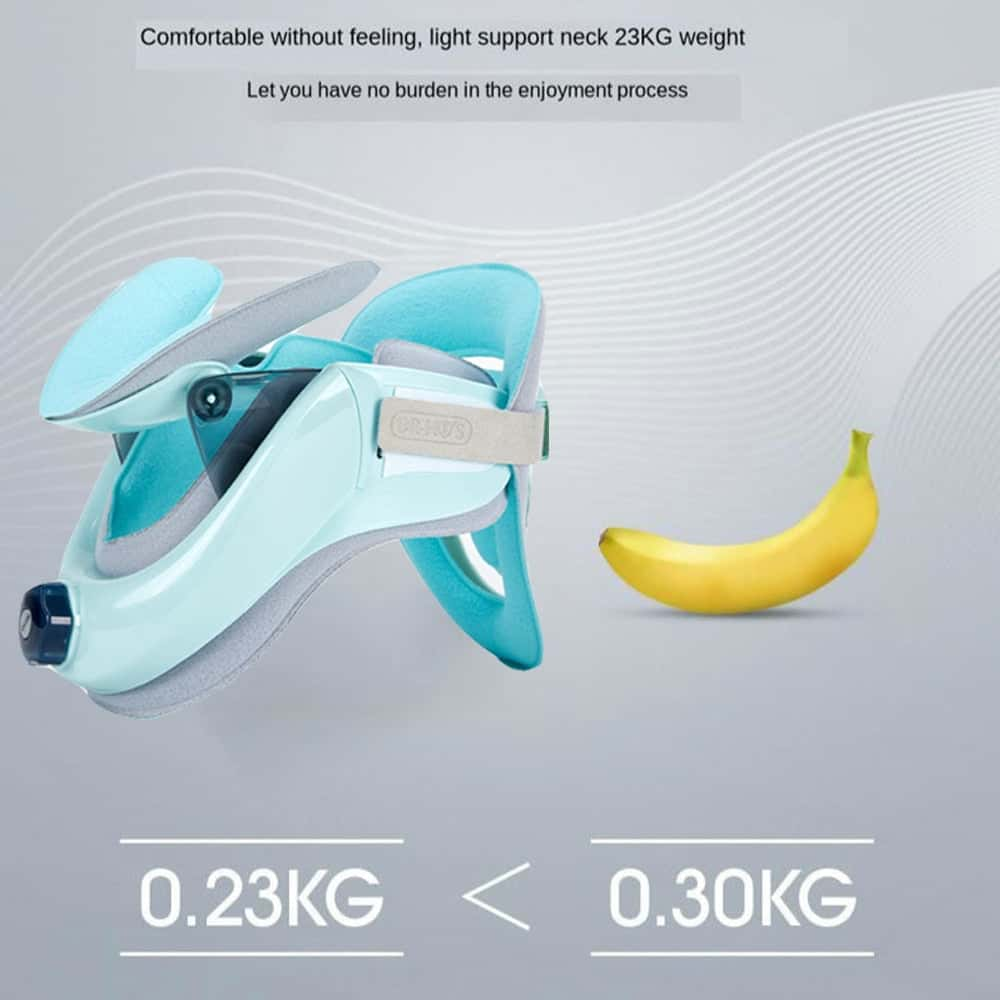

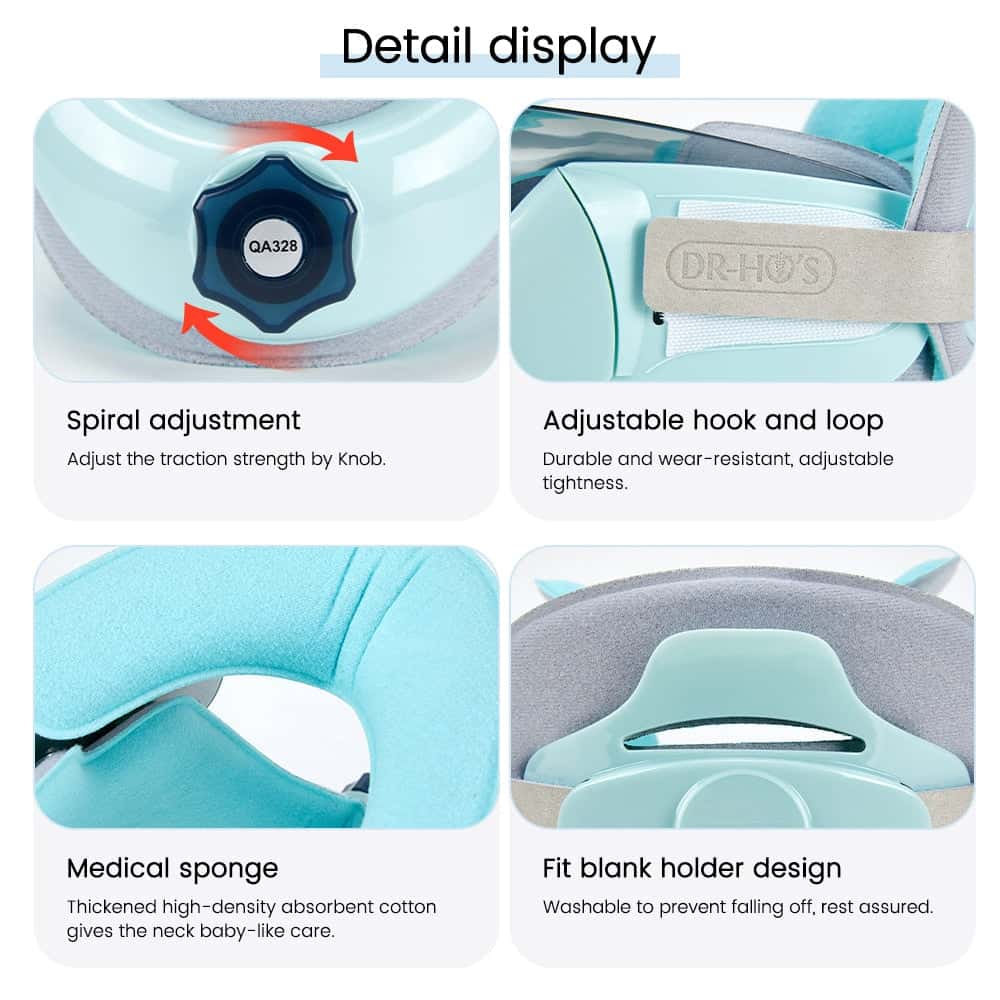
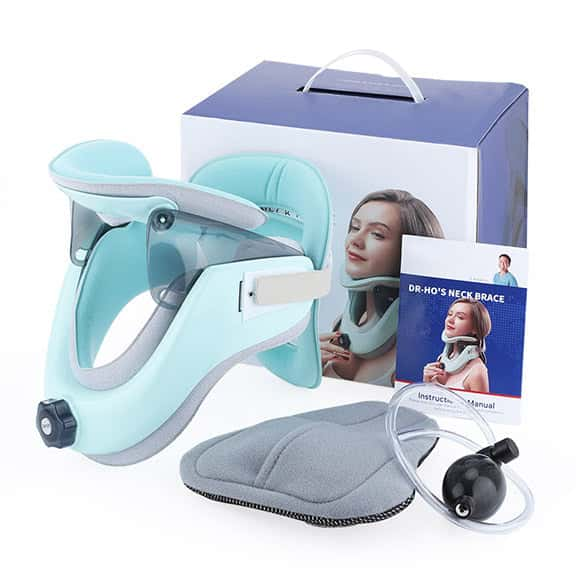
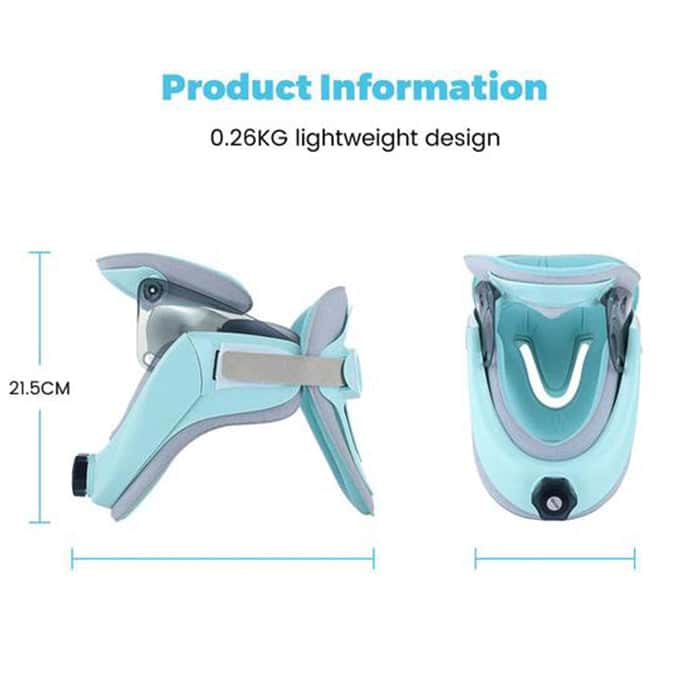
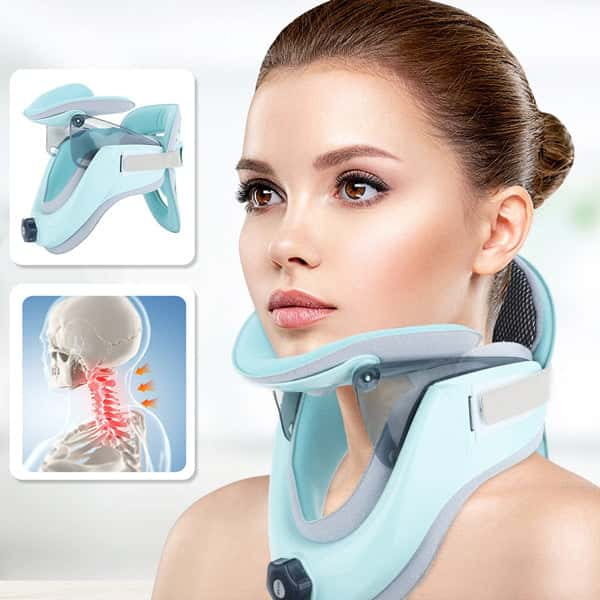





Share and get 15% off!
Simply share this product on one of the following social networks and you will unlock 15% off!